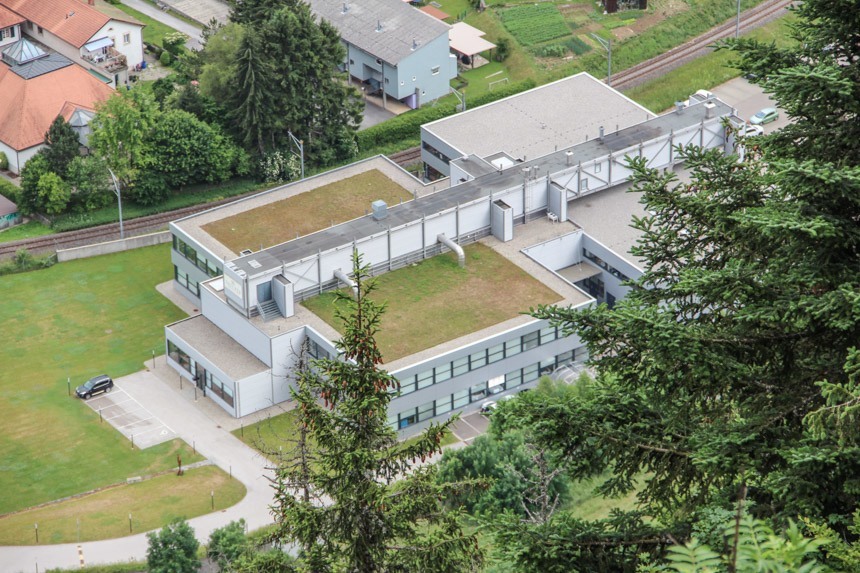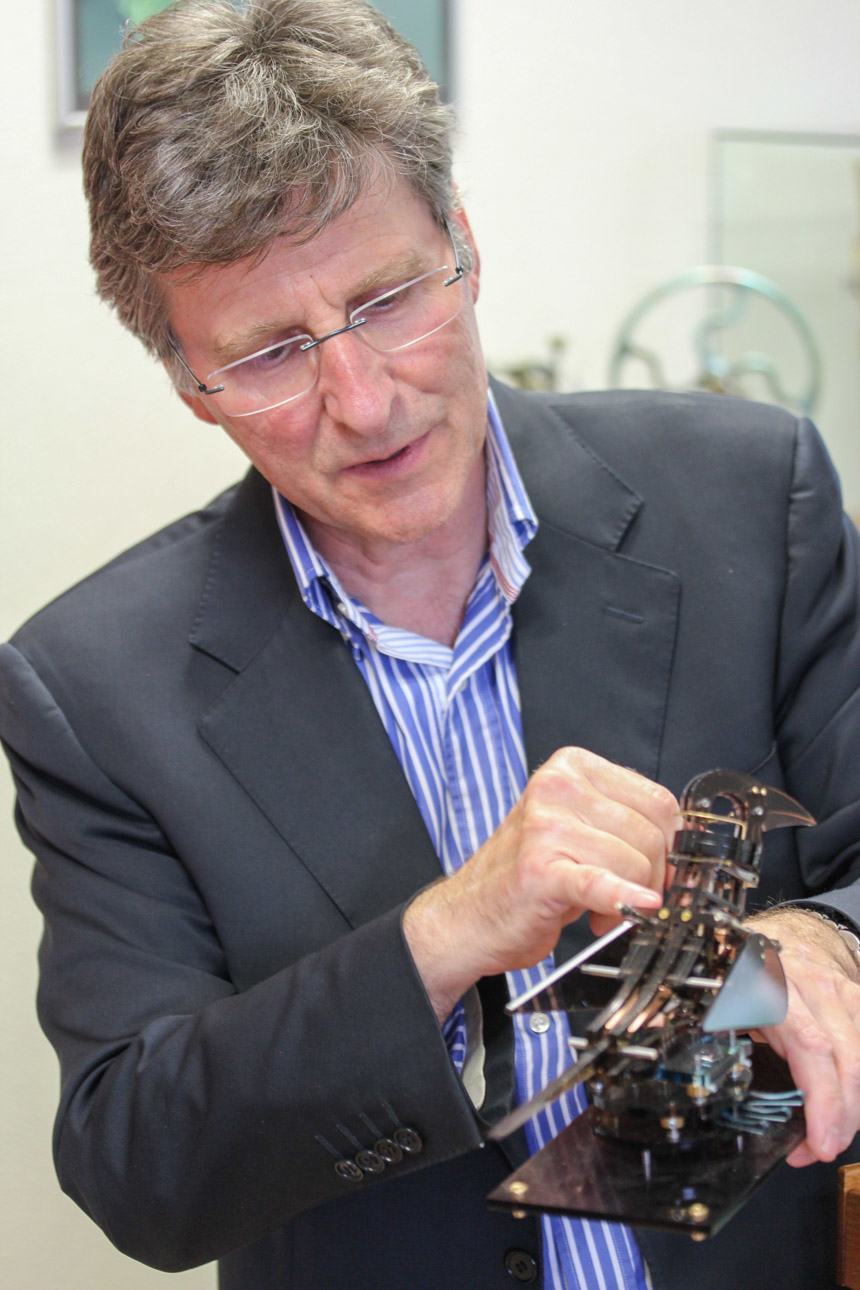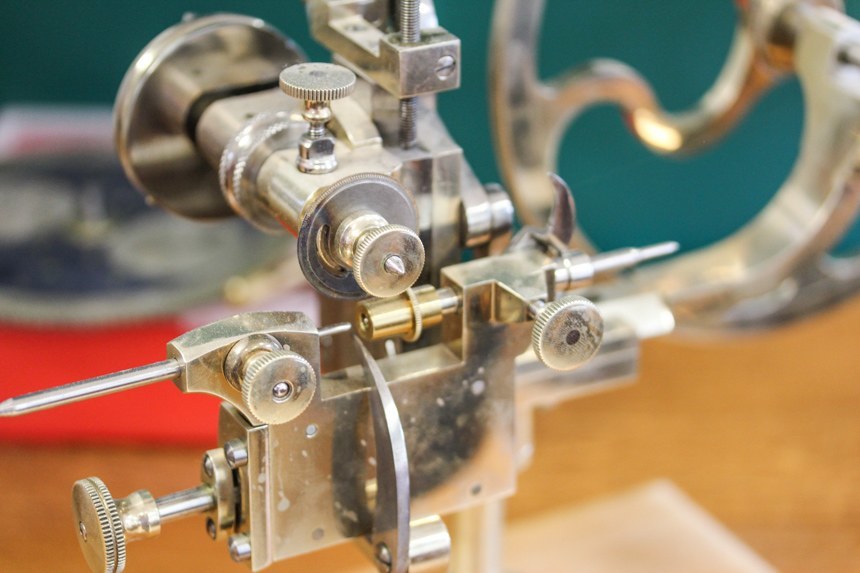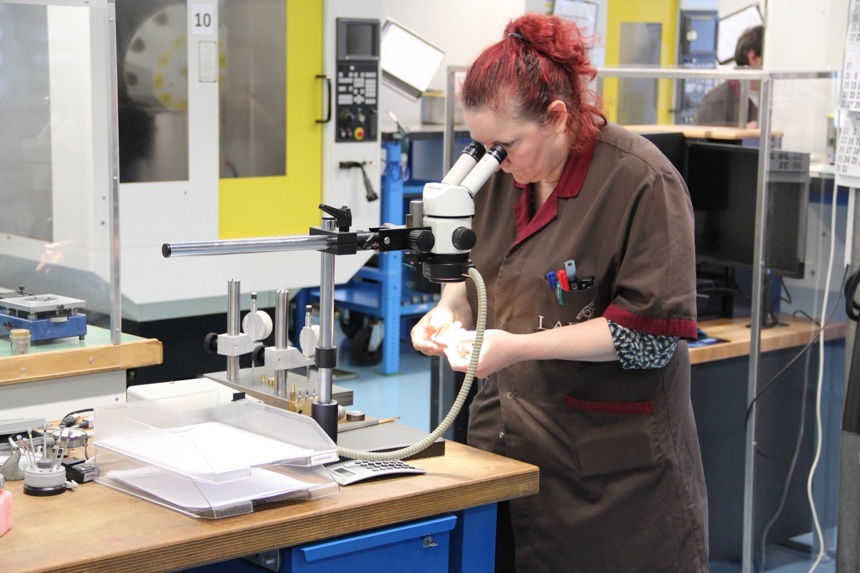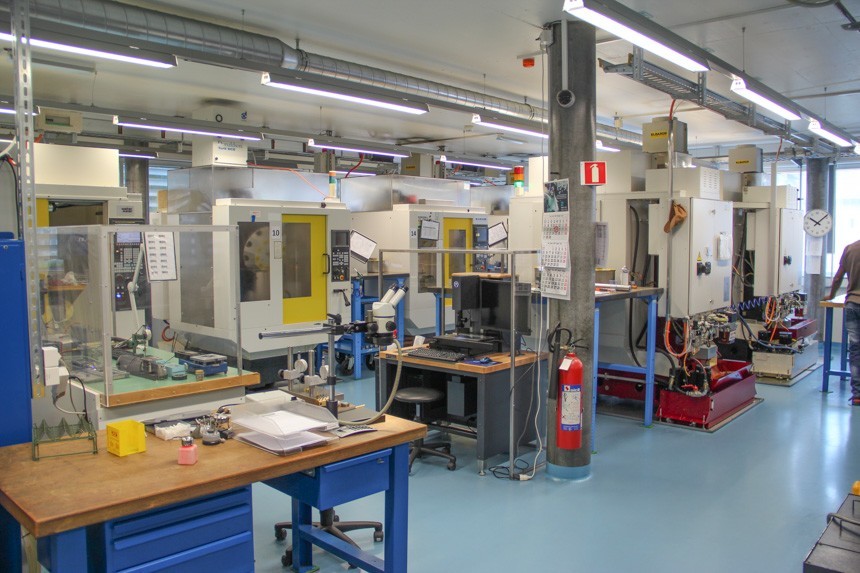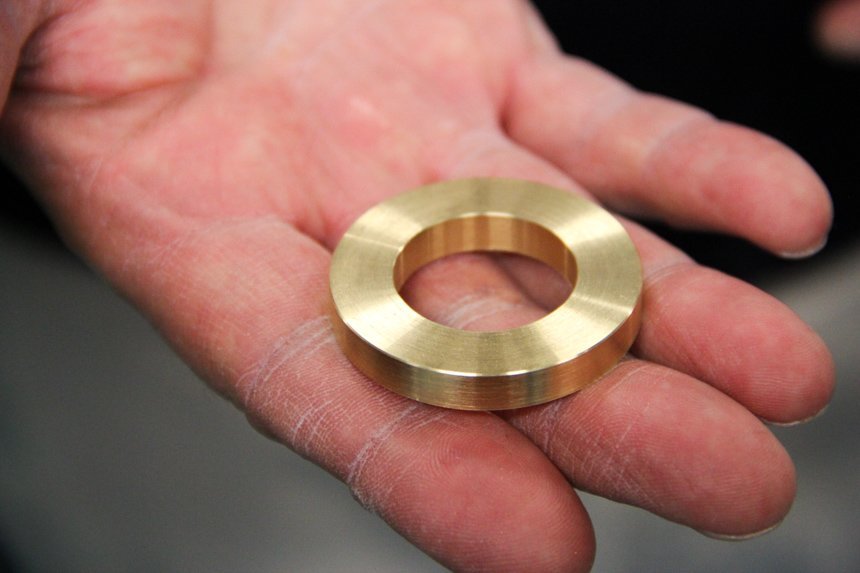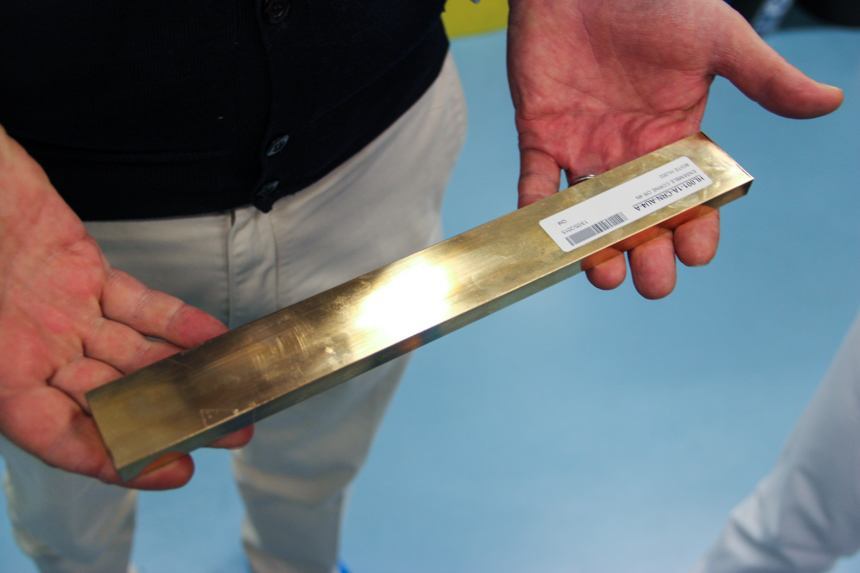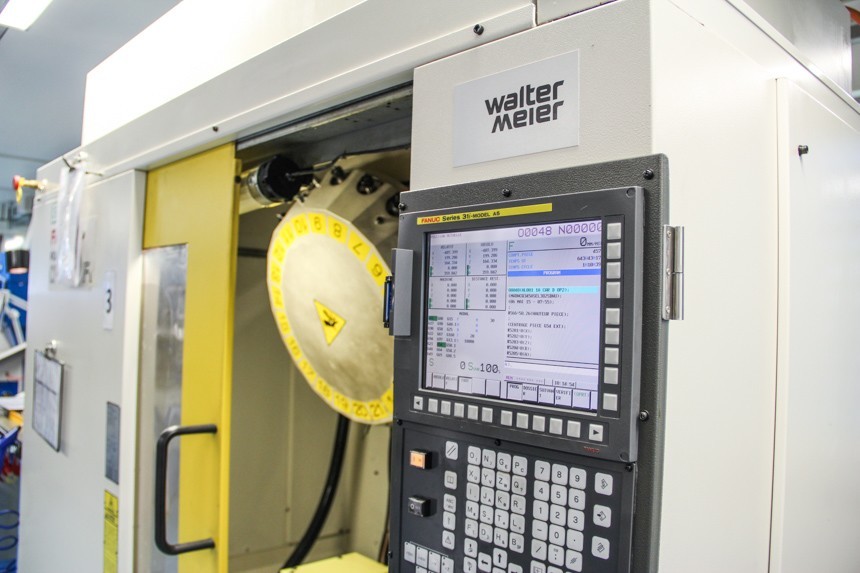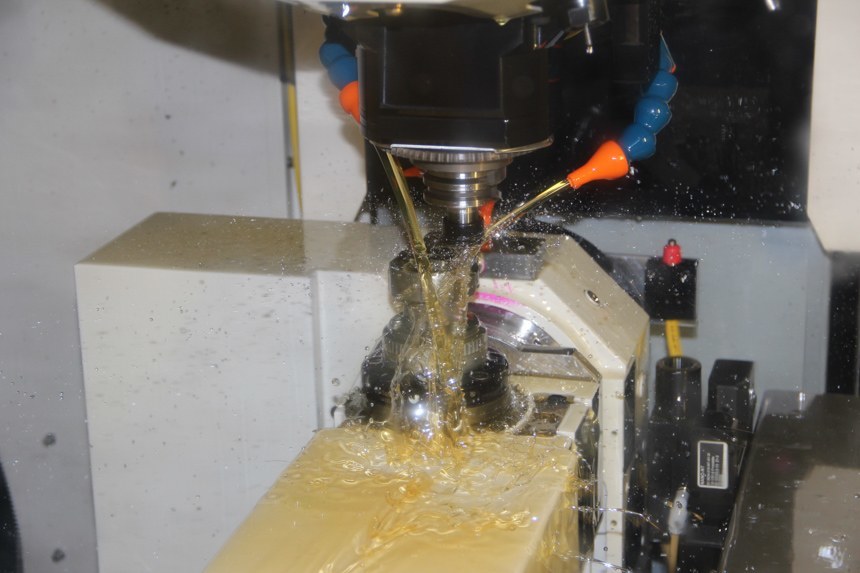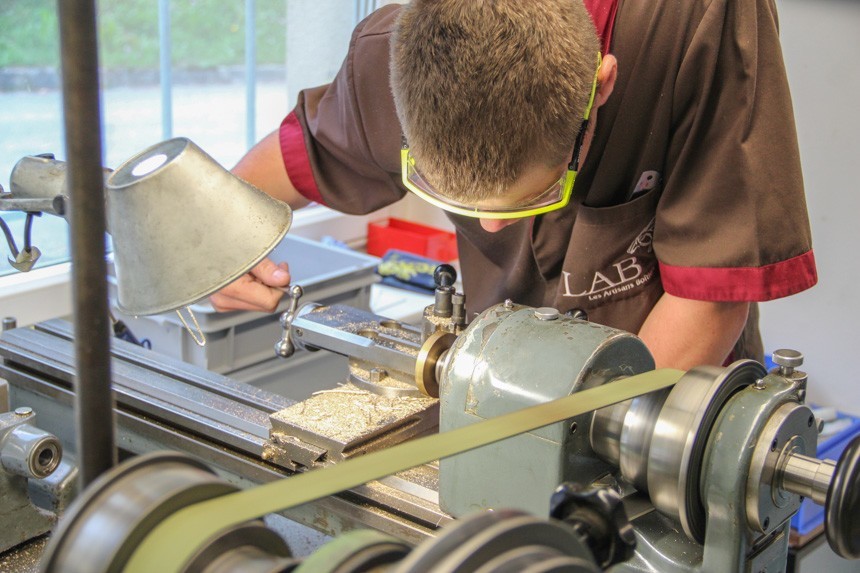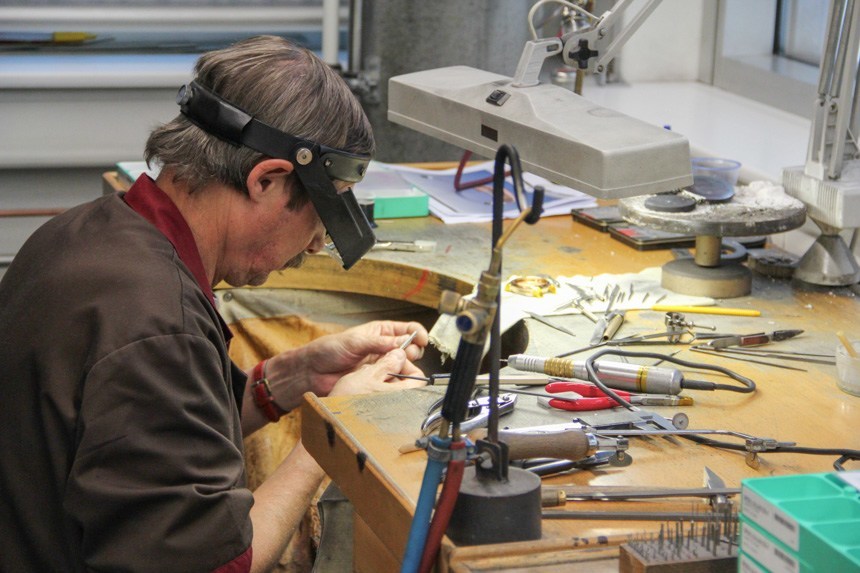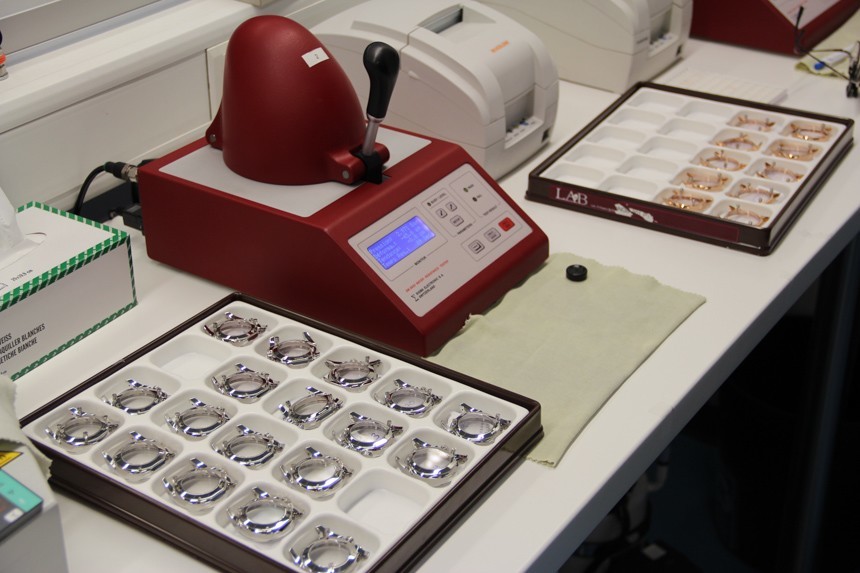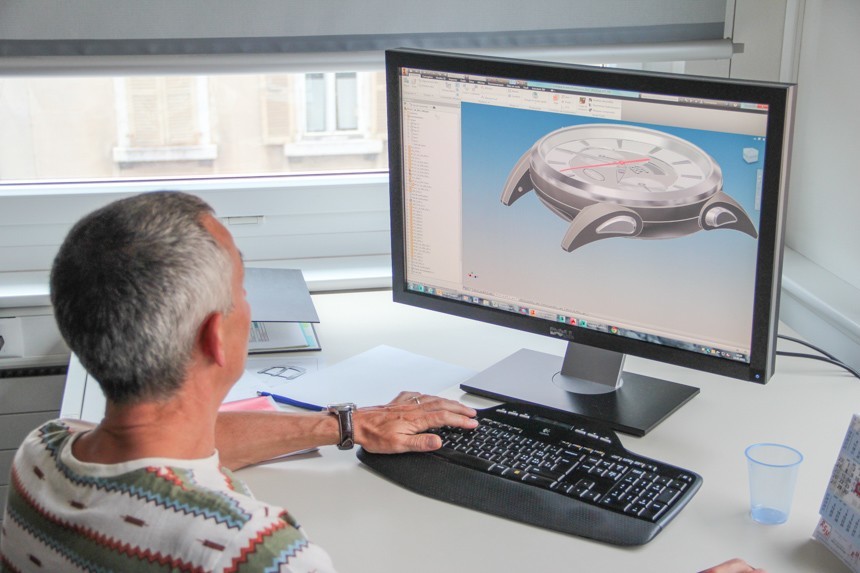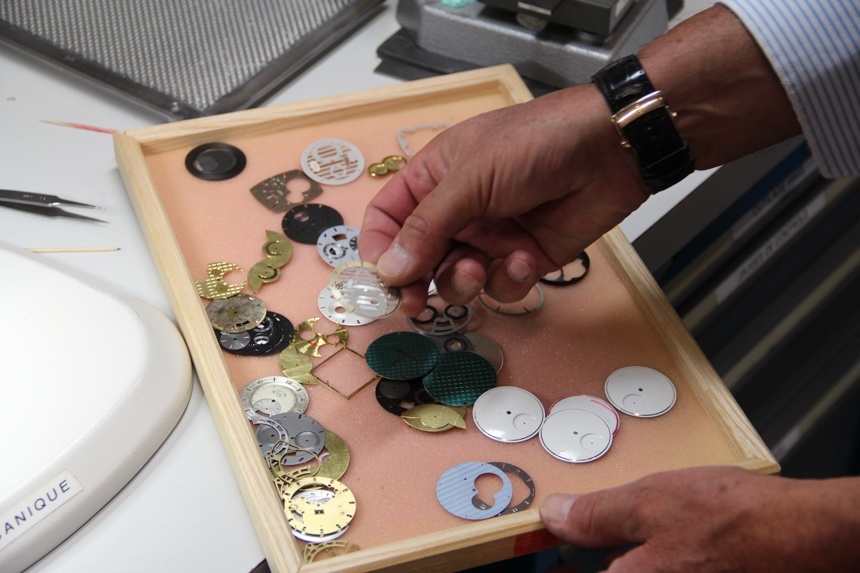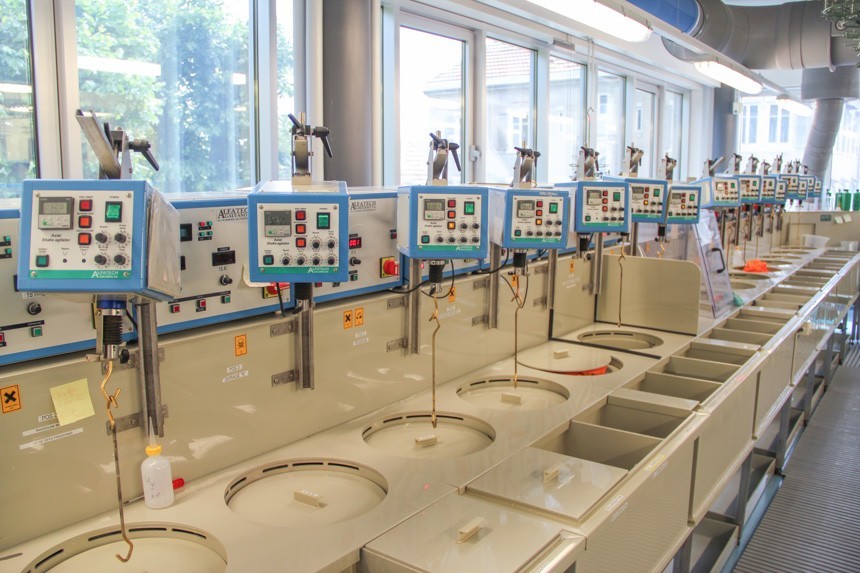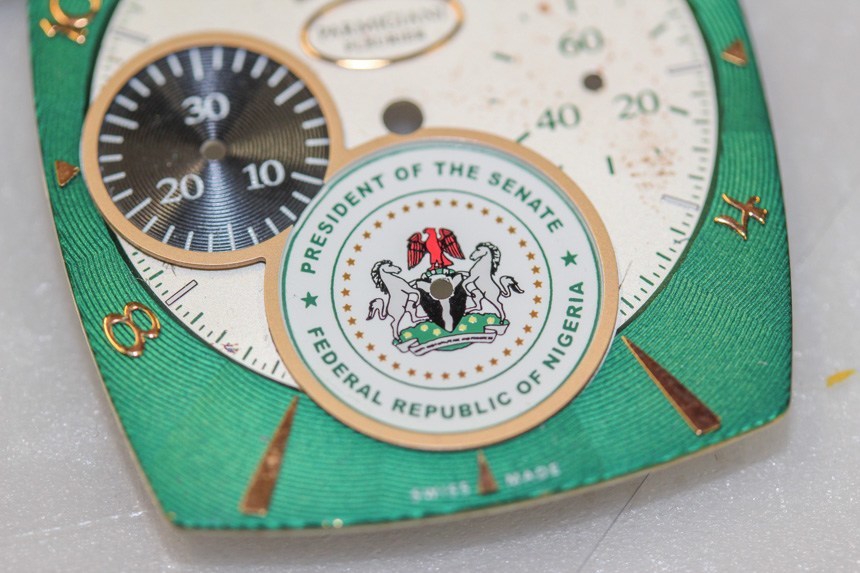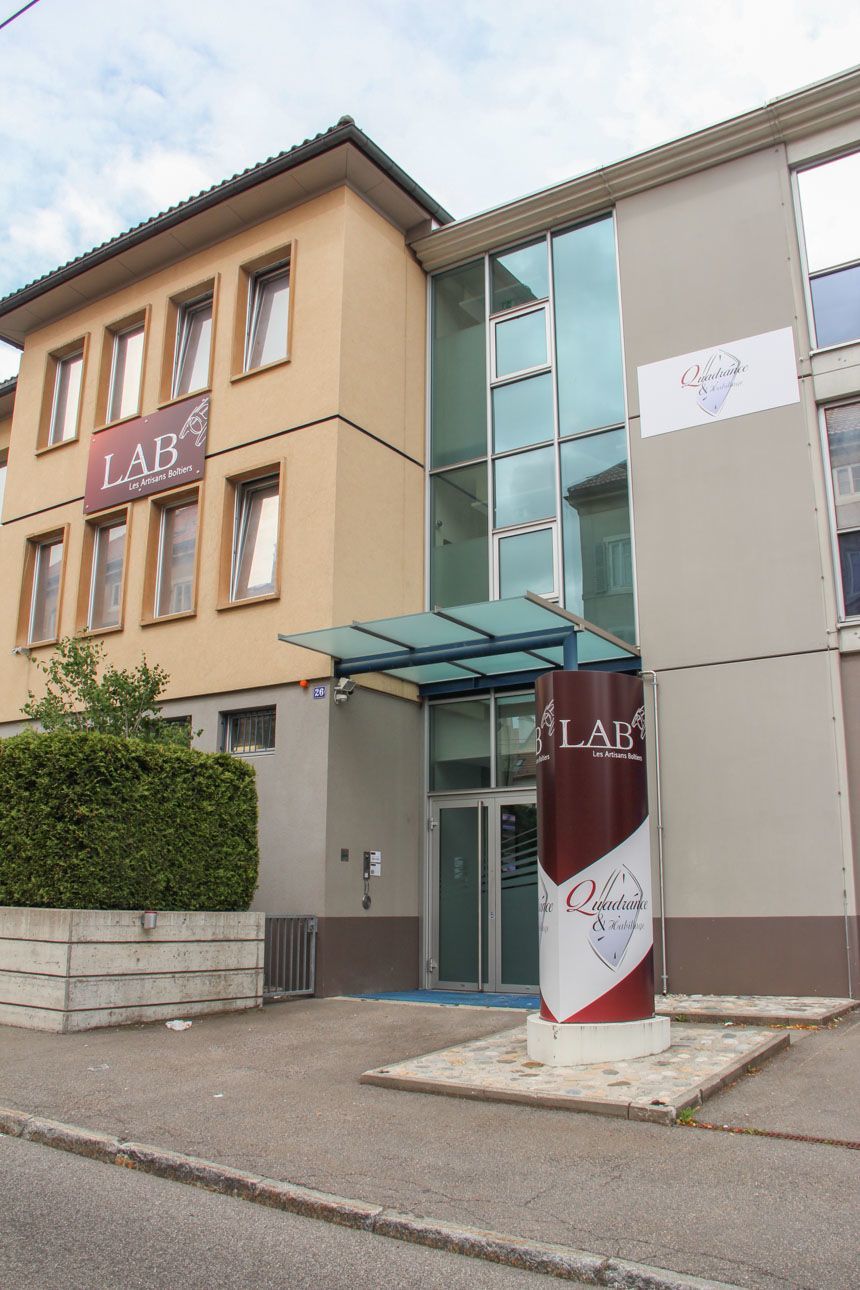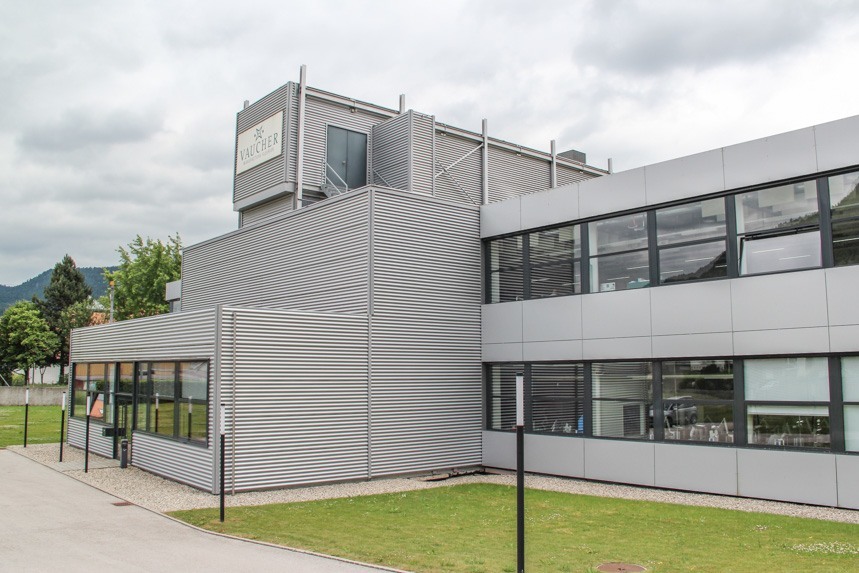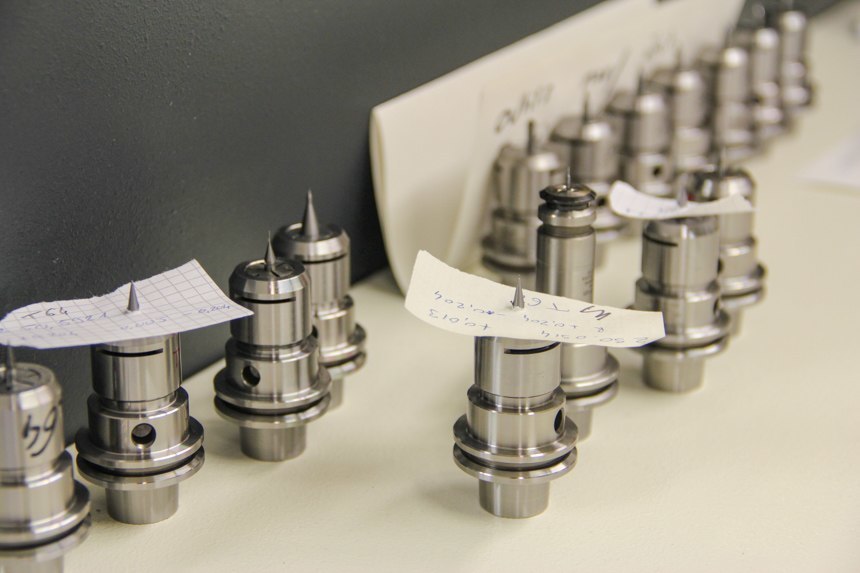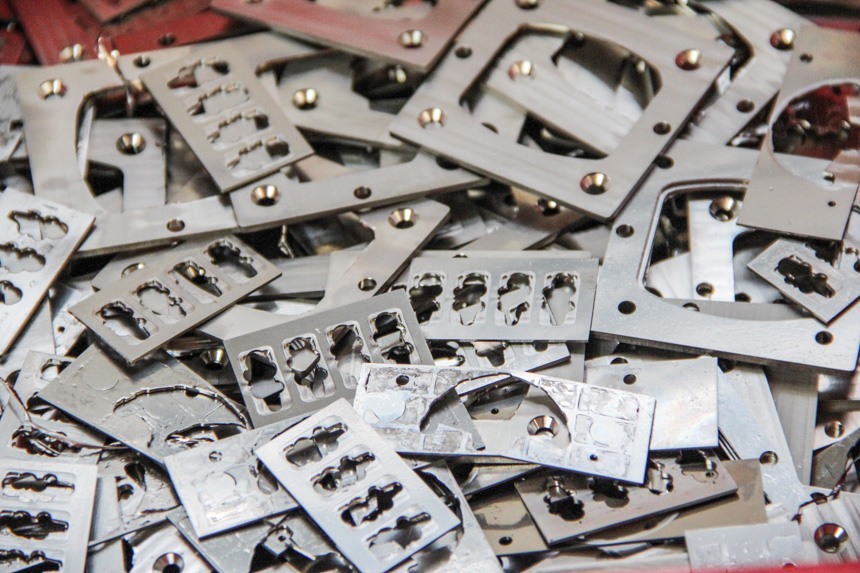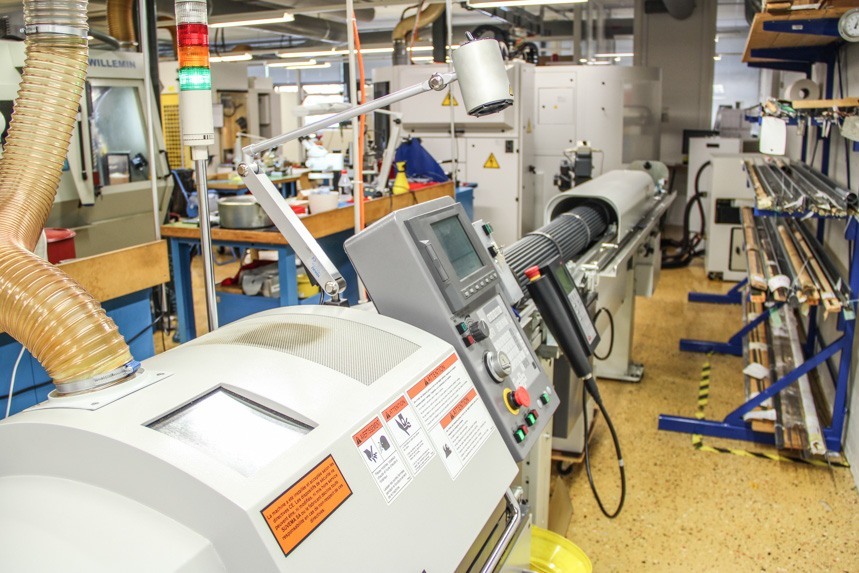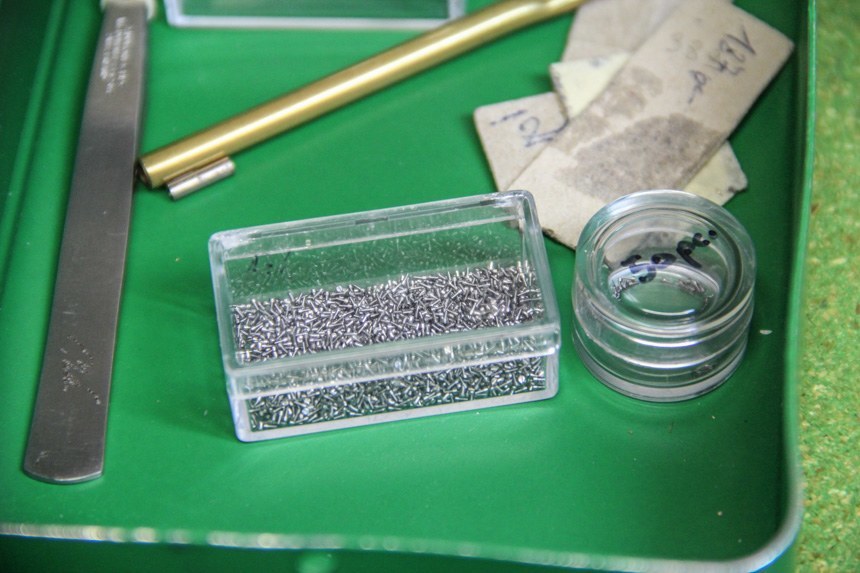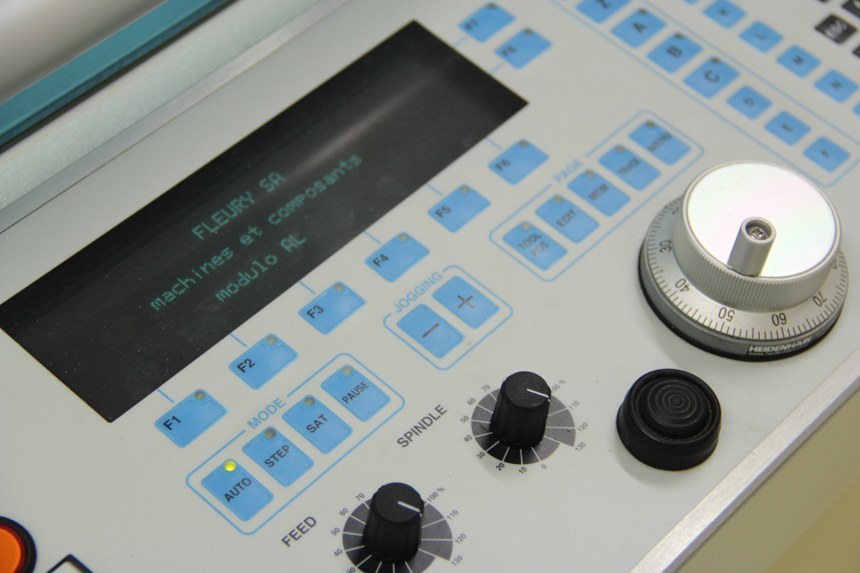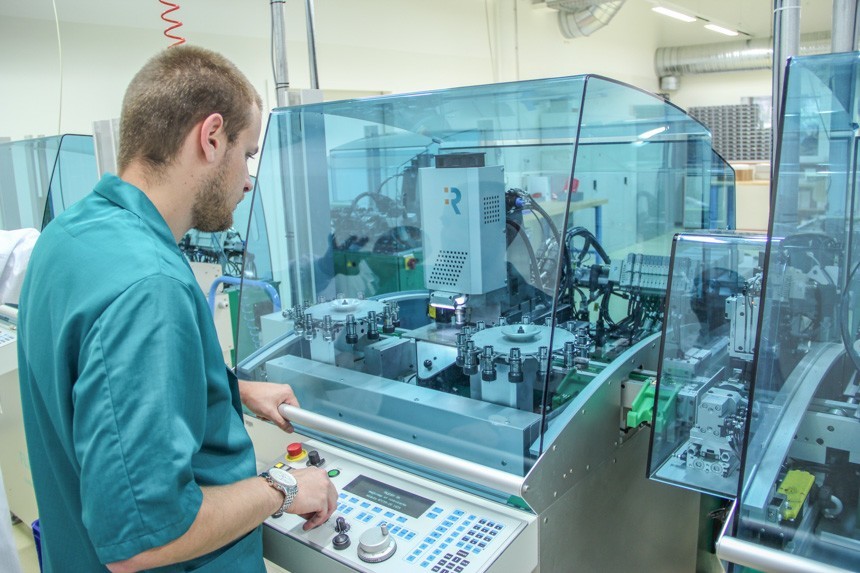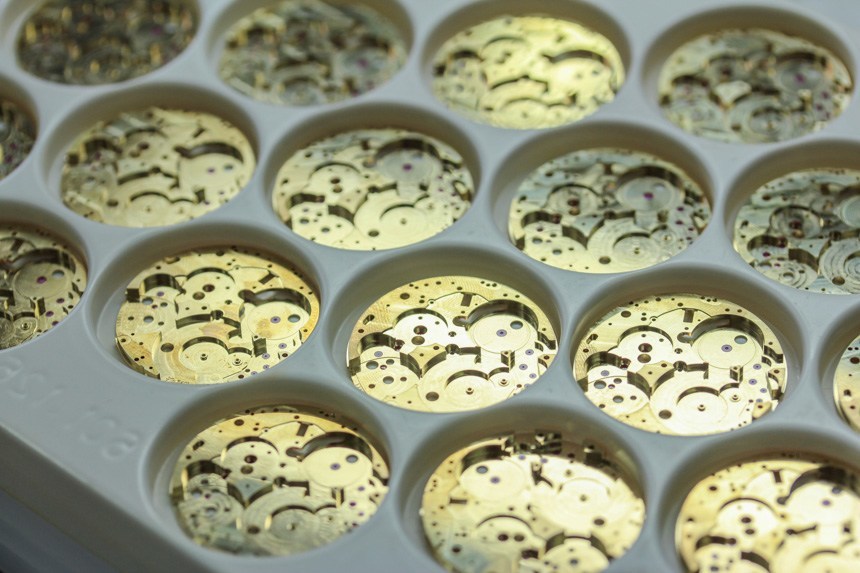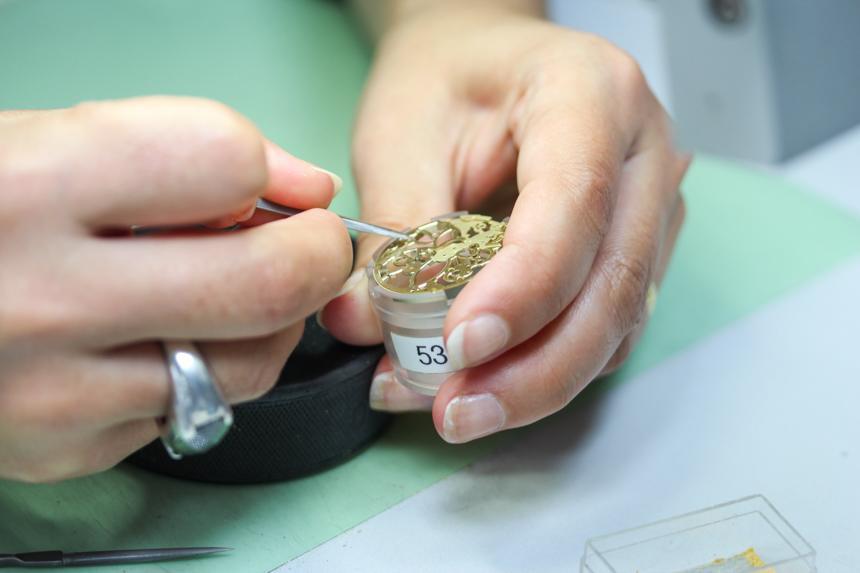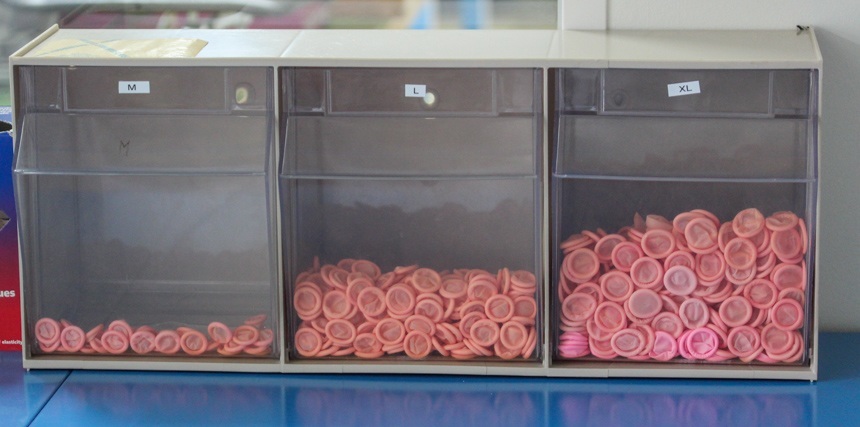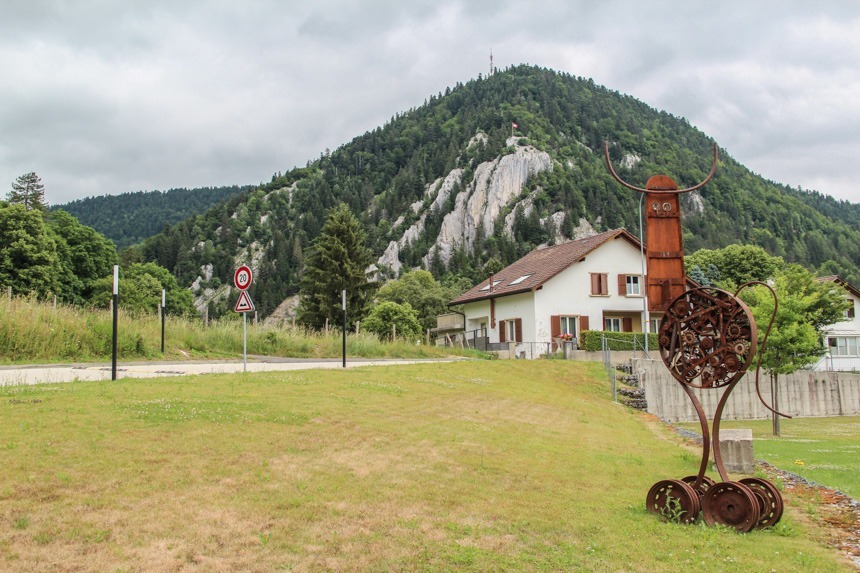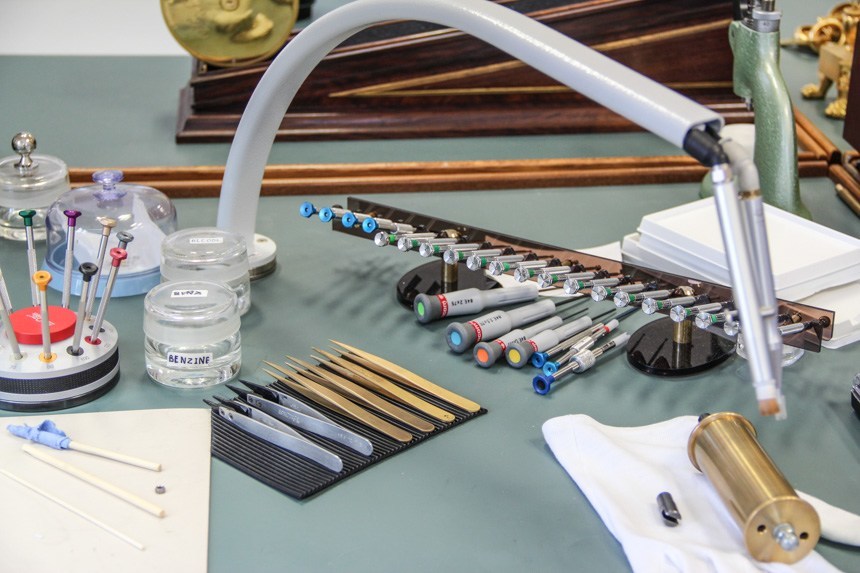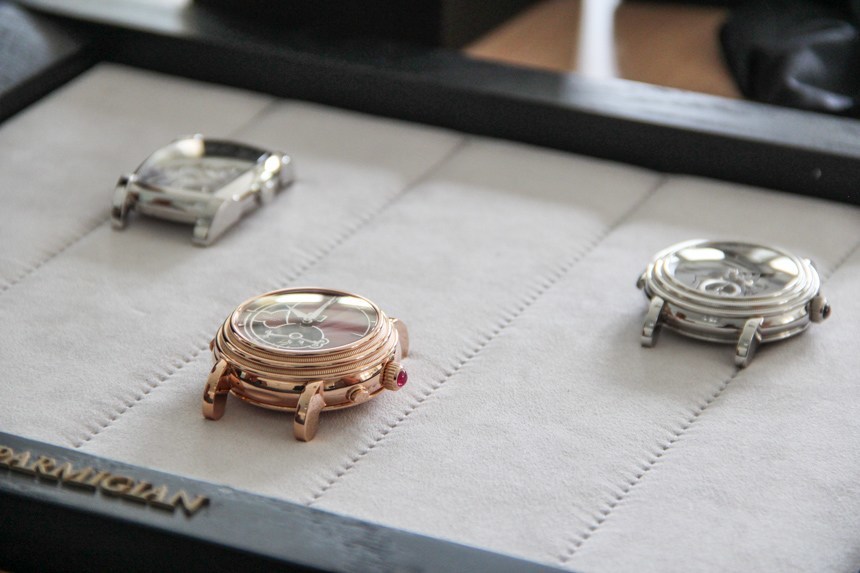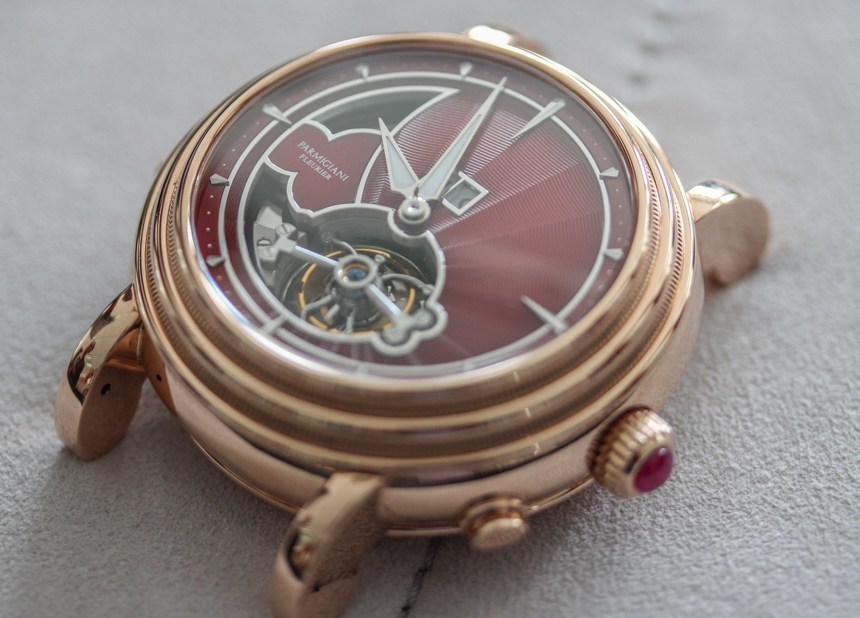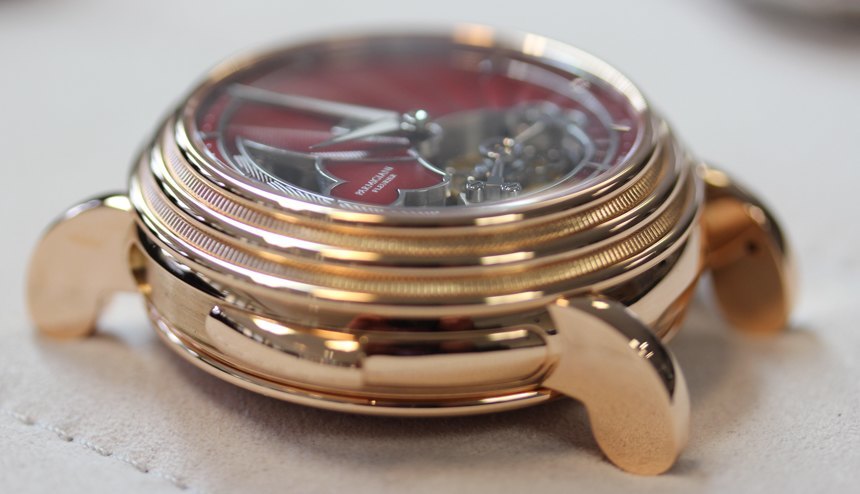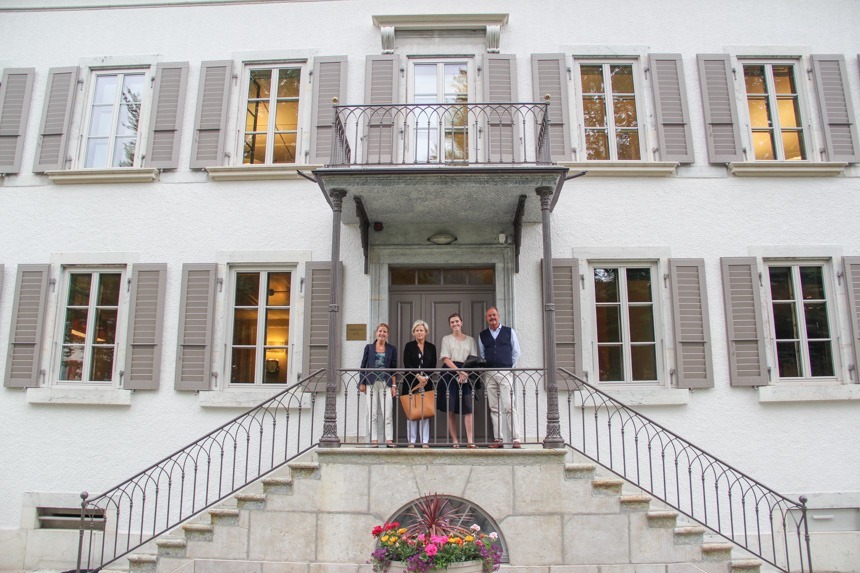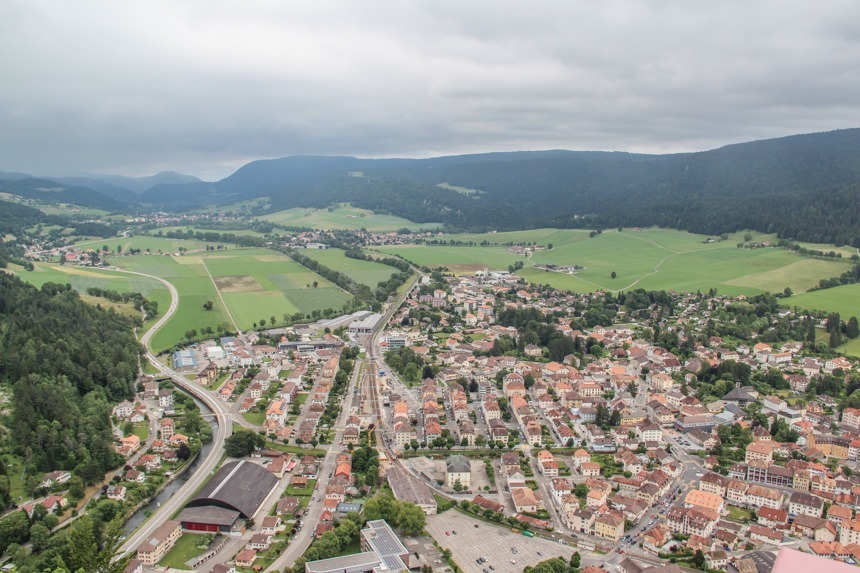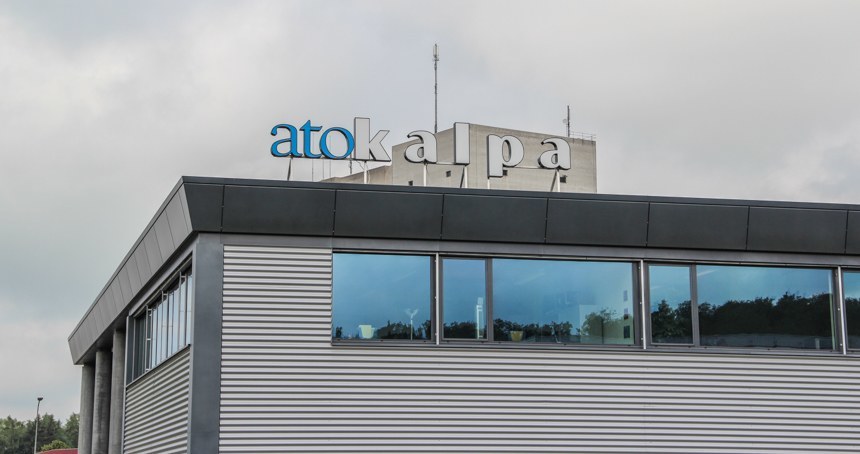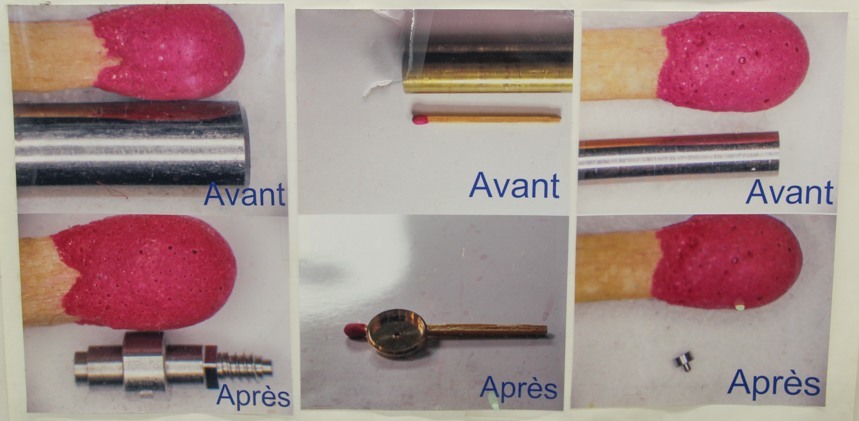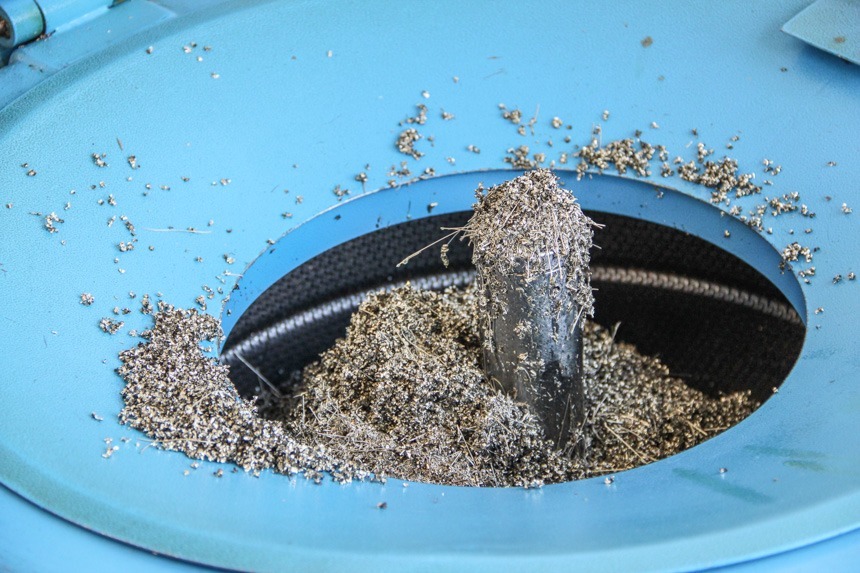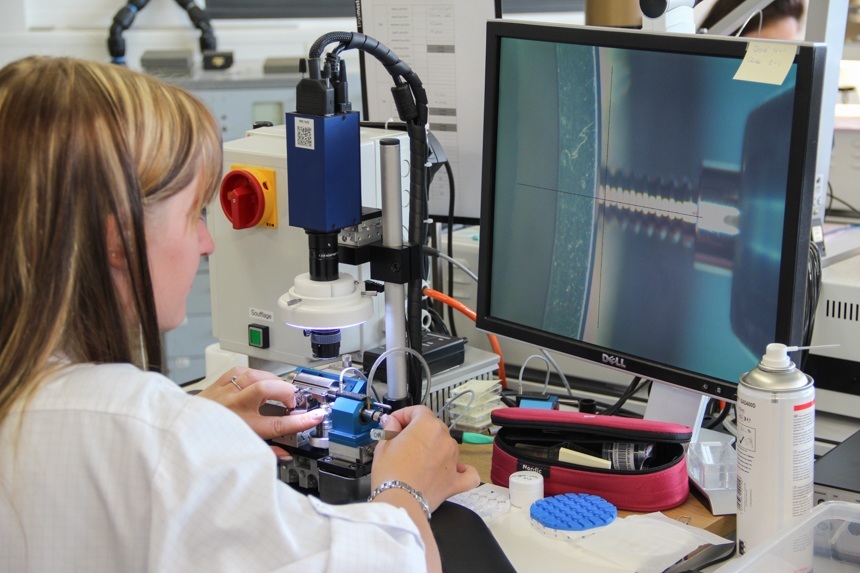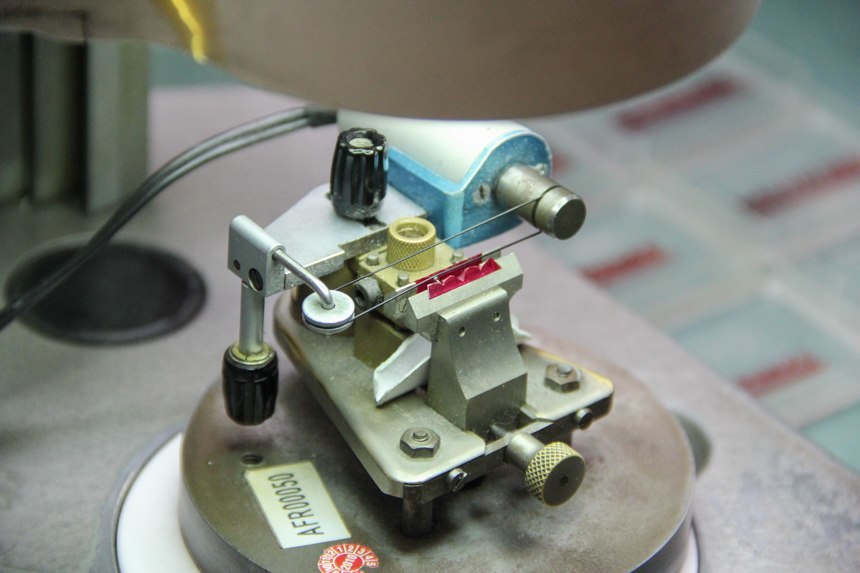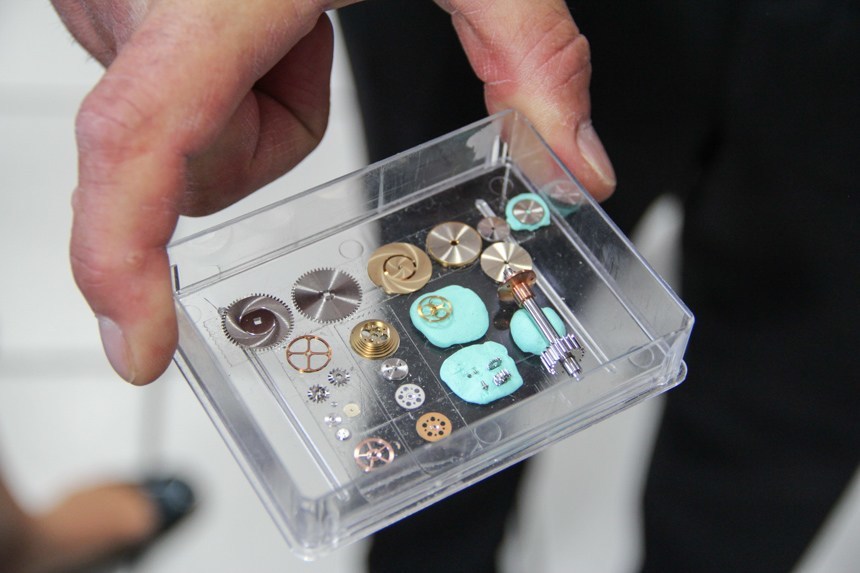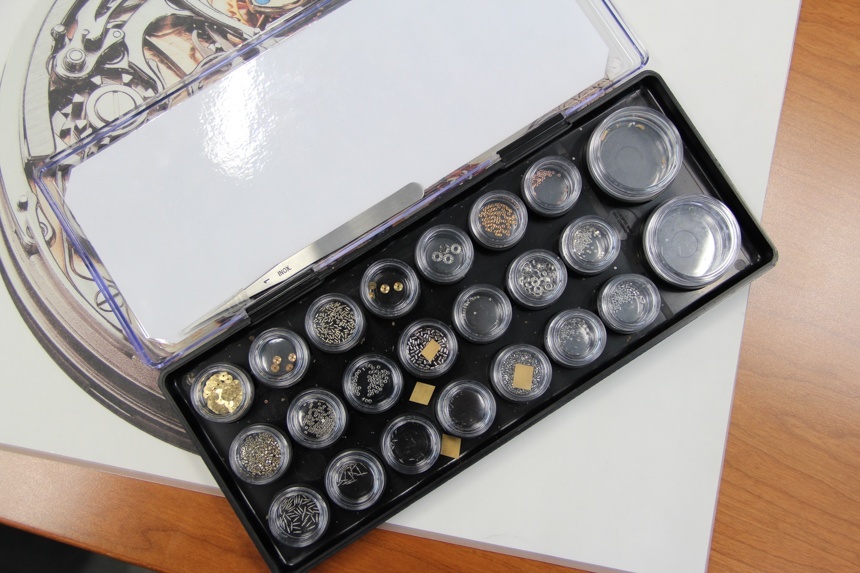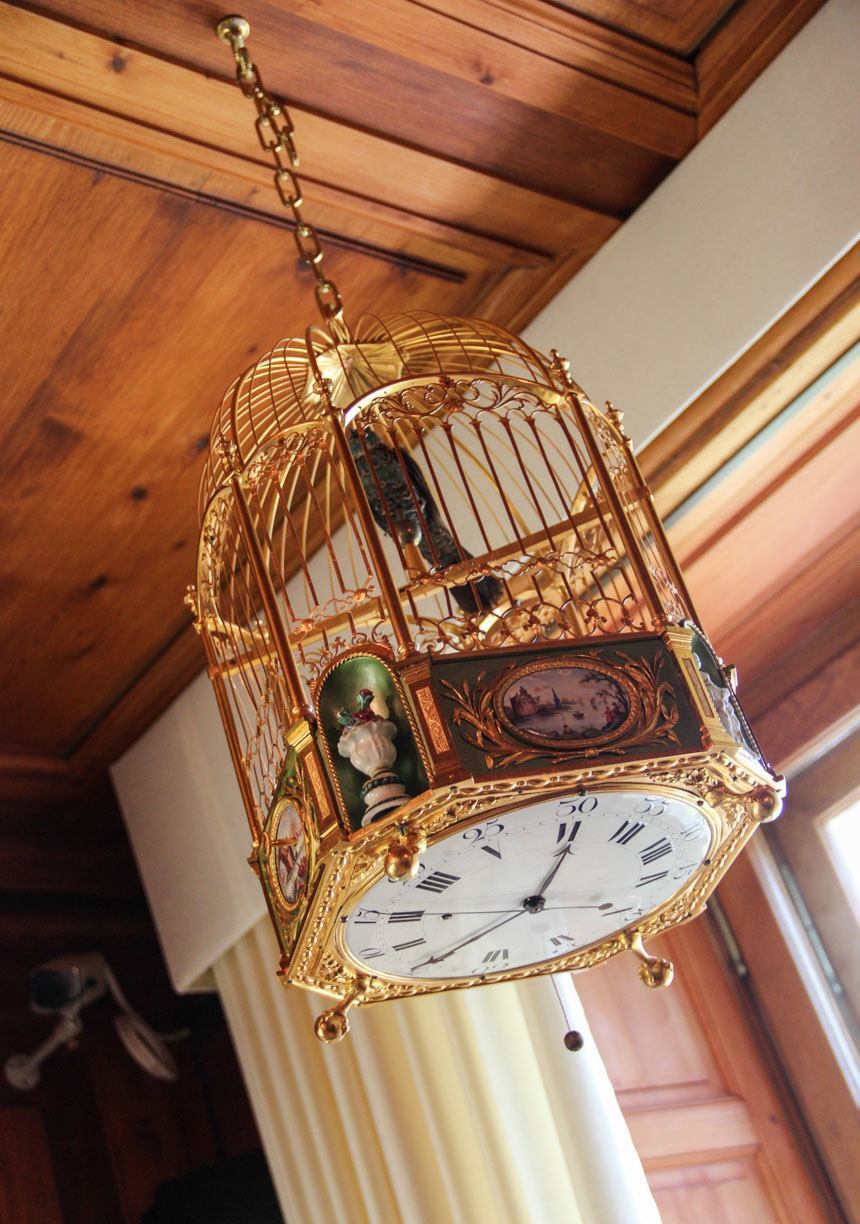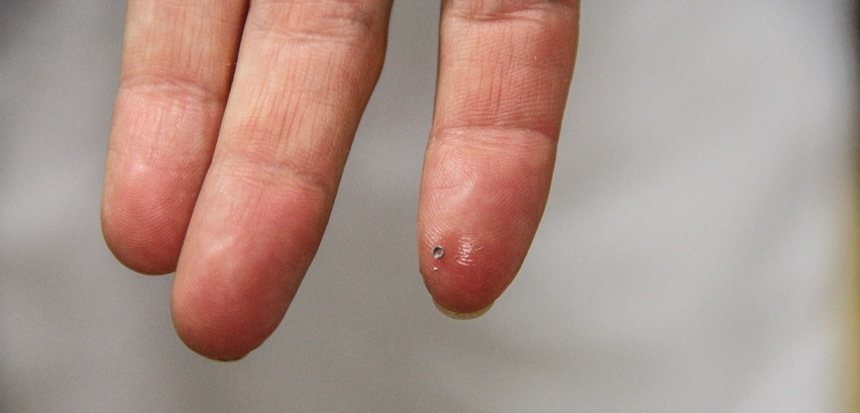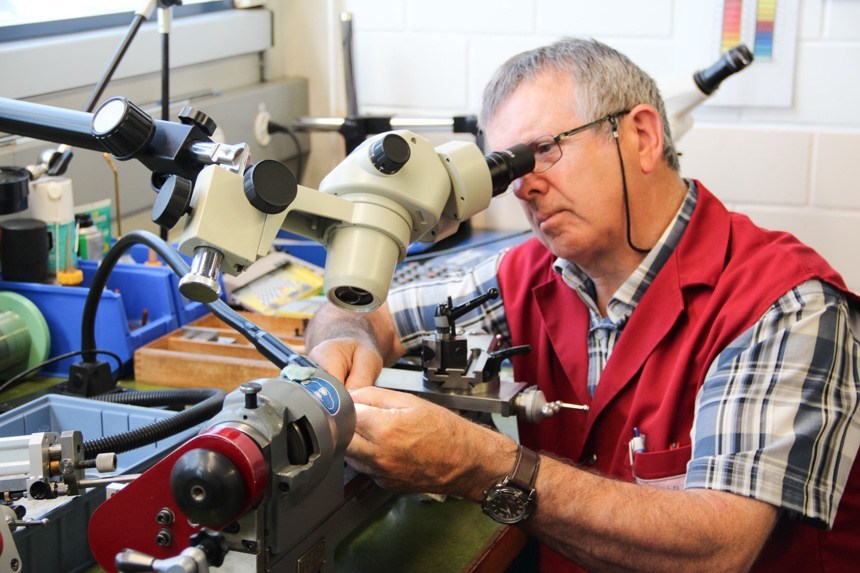
In my experience, the best way to understand a thing is to visit its source. In the timepiece industry, a certain amount of secrecy and distance are a way of life, with many of the brands we so frequently cover offering little more than carefully worded press releases and the occasional loaner for review. While we certainly take whatever we can get, it is a rare occasion that we are afforded the opportunity to explore a brand and their products from the inside. Over the next few months, I’ve lined up a few visits to the headquarters of noteworthy brands and manufactures that have been gracious enough to open their doors to us, and will be reporting on my experiences with each, here on aBlogToWatch.
The first up is Parmigiani Fleurier, based in Fleurier, Switzerland, whom I visited in June of 2015. Read on for my thoughts on this oft-misunderstood manufacture!
Overview
When I say Parmigiani Fleurier is oft-misunderstood, I am really expressing my own impressions prior to my visit – as Parmigiani is a brand I have only occasionally come into contact with stateside and during SIHH over the past several years. Despite my relative familiarity with their core collection of products, I must admit that I had been fairly ignorant of their history, technical accomplishments, and production capabilities. In fact, what I knew about Parmigiani as a brand prior to my visit was relatively minimal.
I knew that their founder, Michel Parmigiani, is a master craftsman and restoration expert, whose experience in restoring antique timepieces has inspired the design of many contemporary models. I knew that as a relatively young brand (founded in 1996), they have had monumental growth and have succeeded in commanding the respect of high-end collectors and enthusiasts worldwide in short order. I also knew of their associations with Bugatti (with whom they just celebrated a ten year partnership milestone) and with the Richemont Group (from whom they are entirely independent but still show at SIHH), and I knew that the quality and finishing of their timepieces and movements is commonly thought to be on par with that of many better-known brands in the luxury segment.
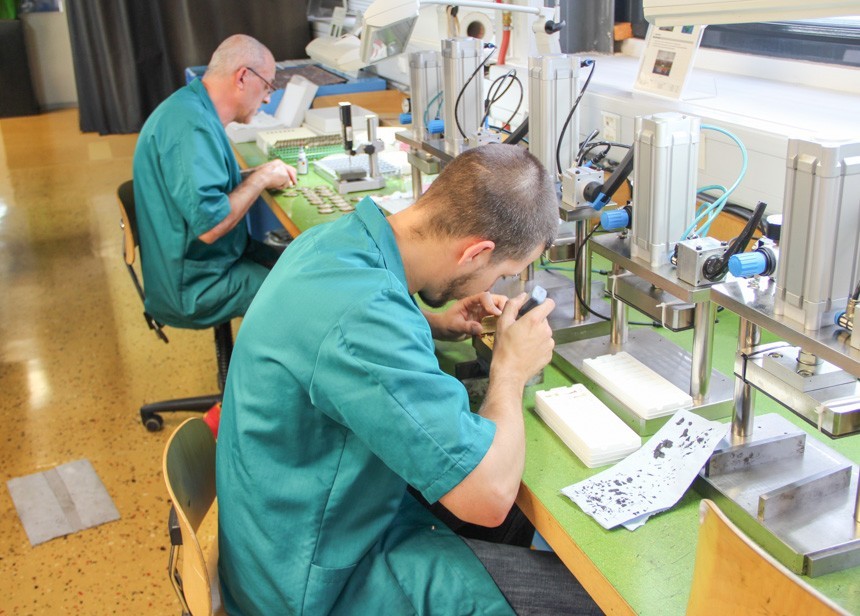
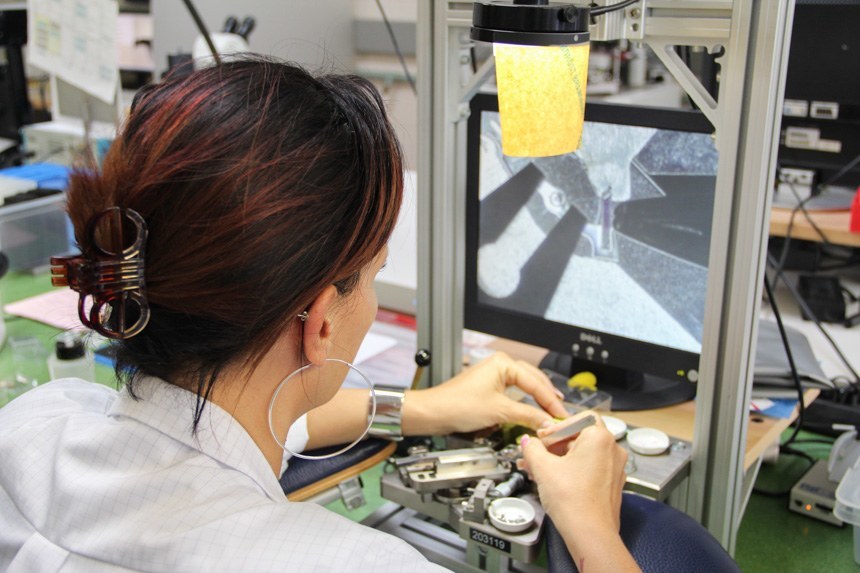
What I did not know was just how on par it is – and I was shocked to discover that Parmigiani not only builds nearly all of their own components in-house (more on that shortly), but manufactures a large range of components for numerous other luxury brands I might have compared them to prior to my visit. Unfortunately, I cannot disclose who these brands are – there are courtesies I must respect as a journalist given the level of access I was granted, but trust me – I saw these components being made, en masse, and I’ll just say that there are a number of respected brands calling themselves “in-house manufactures” that just, well, aren’t entirely that.
All of this (somewhat vaguely) said, I will be able to tell you exactly what the workshops and factories owned and operated by Parmigiani Fleurier are capable of producing, and why their model of production is superlative in every sense. And it starts with a simple truth. Parmigiani Fleurier isn’t just one manufacture.
They are FIVE.
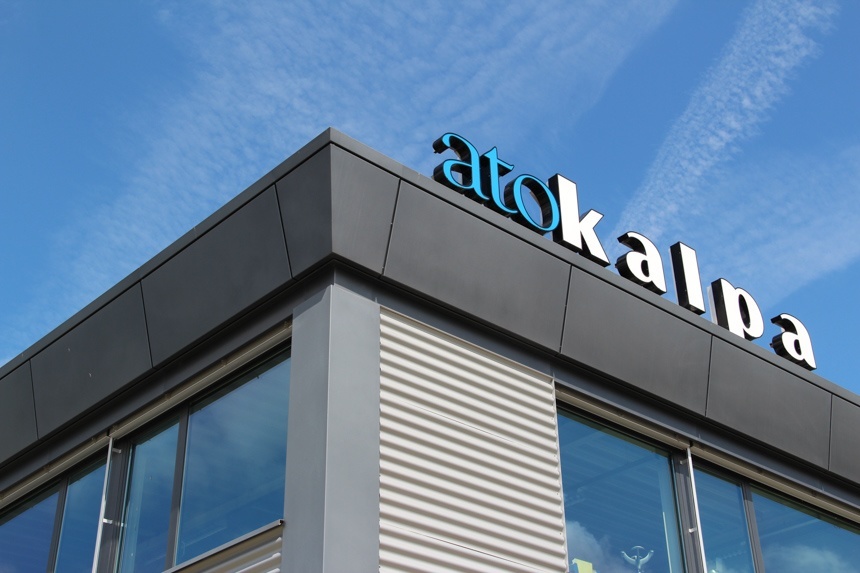
Out of the five facilities, Atokalpa SA is responsible for most moving parts, such as gears and pinions, as well as for components of the escapement
Five Workshops
That’s right, five. Parmigiani not only has workshops on their own impressive campus in Fleurier, but also utilize contractors in the region for specified manufacturing needs. Now, before you cry foul and proclaim that contractors aren’t “in-house,” know this: Parmigiani Fleurier owns (or owns a controlling stake in) all of them.
Several of these facilities were created by Parmigiani, whereas others existed prior to Parmigiani’s inception. Knowing the value that vertical integration provides, Parmigiani structured them up to come under their umbrella, putting them decades ahead in terms of production capacity and technical expertise, and accounting for no small part of the success they have achieved in such a short time.
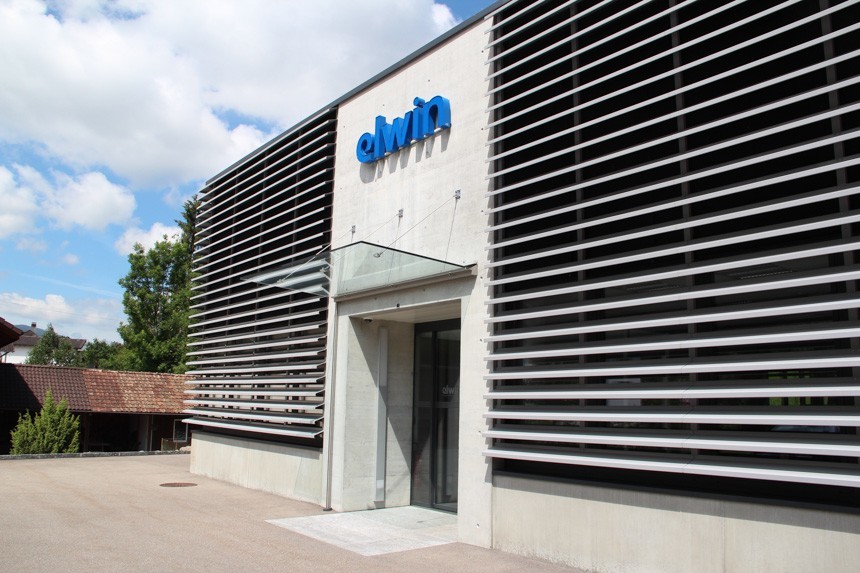
Elwin SA makes balance shafts and other extremely fine parts, essential to any fine mechanical movement
With some of the best production facilities in Switzerland coming under their ownership, they receive priority service and an existing book of business from third party clients. That, my friends, is how you vertically integrate!
While many brands struggle to develop components under their own roof, Parmigiani saw the benefit of bringing the best resources in the industry into their own company structure, putting them way ahead in the game. Certainly, a move like this required a load of bread to capitalize, but Parmigiani’s investors believed in what his brand was capable of from the beginning, and there is no question that belief has paid off in spades.
Below is a brief look at each of Parmigiani’s facilities.
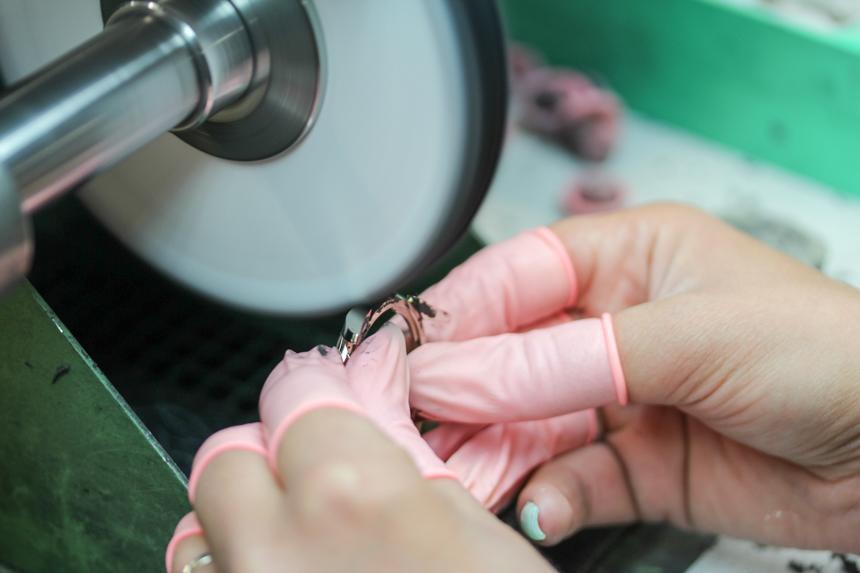
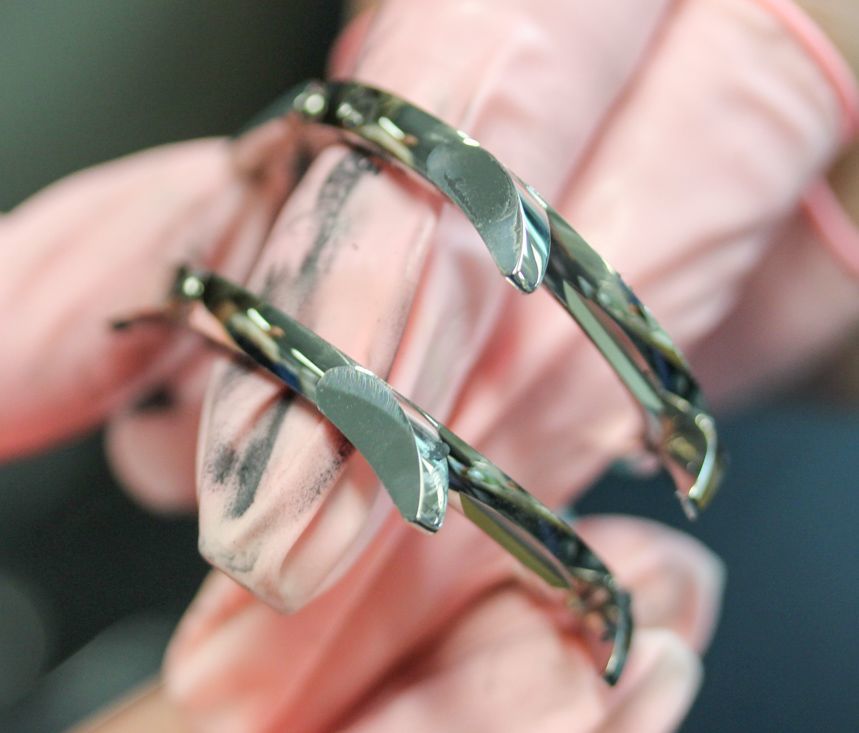
LAB – Casing The Joint
Les Artisans Boîters (transalation: “The Case Craftsman”), better known as LAB, are behind the manufacture of Parmigiani’s unique case designs. Acquired by Parmigiani in 2000, LAB is based in La Chaux-de-Fonds, and offers both traditional and high-tech case manufacturing methods. In other words, they are skilled in both hand-made and computer assisted production techniques and can work in virtually any material, a set of options which make them a highly desirable source for their large client base.
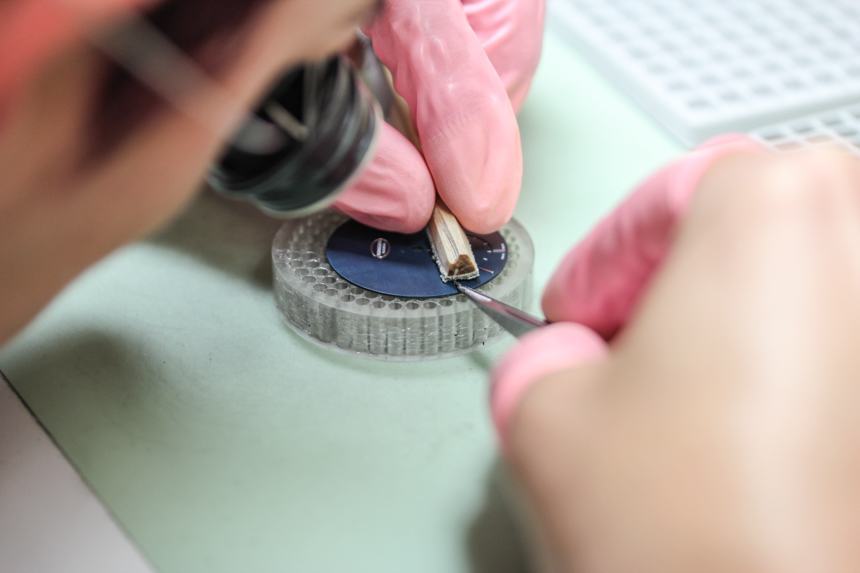
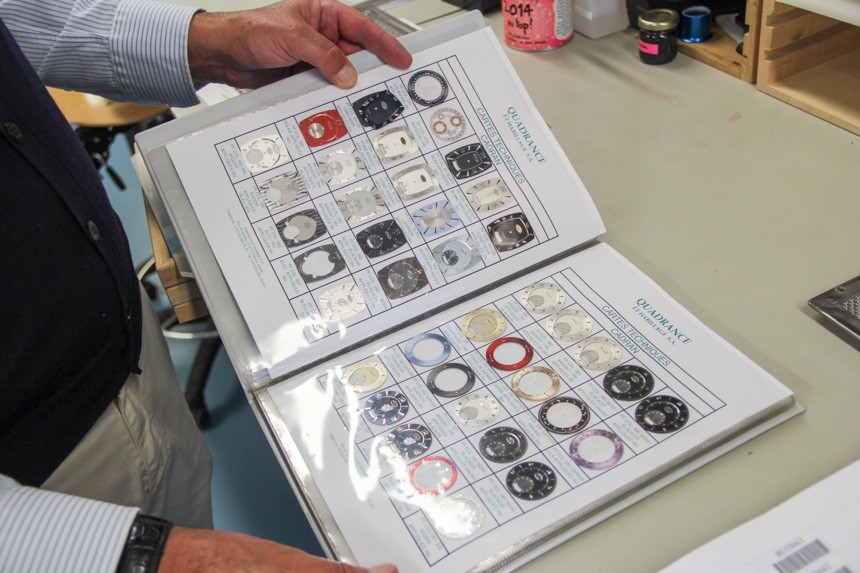
Quadrance Et Habillage – Dialing It In
Quadrance Et Habillage may just be the most impressive dial manufacturer in Switzerland. I’ve seen dials made before, but the level of precision and craftsmanship I witnessed in this facility blew me away. From machining dial plates to ornate guilloche work, lacquers, coloring, plating, and hand applying indices and decoration… these good folks go to great lengths to ensure the dials leaving the workshop are to the highest standards in the world.
I wish I could tell you what some of the names on those dials are – you just wouldn’t believe it.
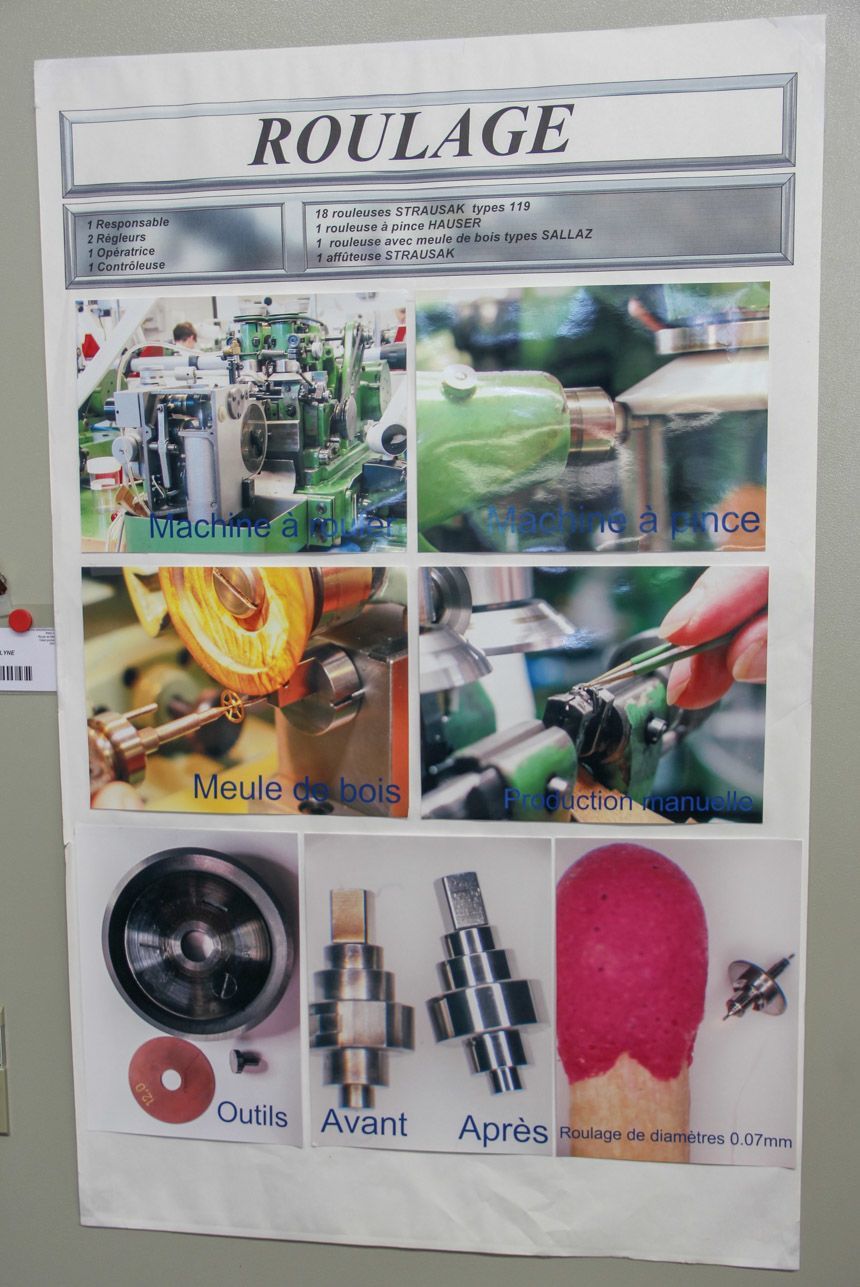
Elwin – Get Your Screws Here
I admit, in the vast realm of tiny components that go into the manufacture of movements, it never occurred to me to ask where the screws come from. I really gave it no thought – I mean, a screw’s a screw, and they just sort of exist, right? Of course not – they are made.
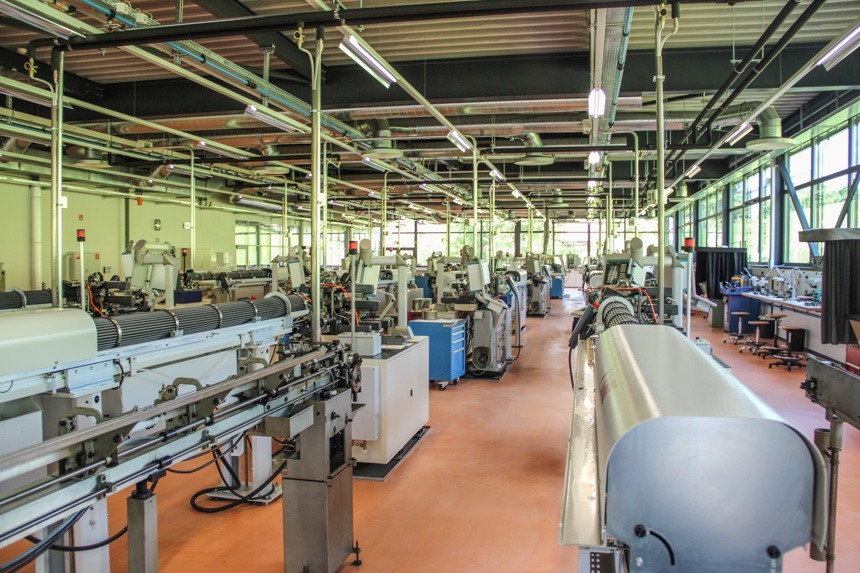
Using processes known as bar turning, Elwin uses several generations of hardware to precision machine microscopic screws and fasteners for use in movements. These machines eat up ten-foot long rods of steel and churn out these screws at the rate of about one per minute, in a process I can only equate to that of producing an Everlasting Gobstopper at Willy Wonka’s factory. There is all sorts of grinding and banging and hissing and whizzing from these massive devices, and at the end, a tiny, perfectly formed magical screw drops down a chute.
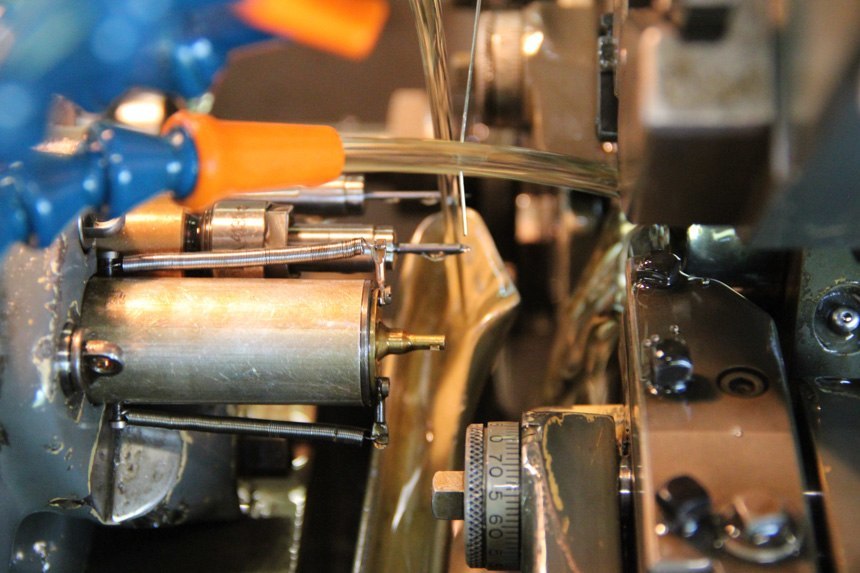
At the end of the day, I learned that not all screws are created equal (that’s what she said) and that those produced at Elwin have found their way into some of the industry’s highest end timepieces – after all, when precision is key, fractional tolerances are paramount.
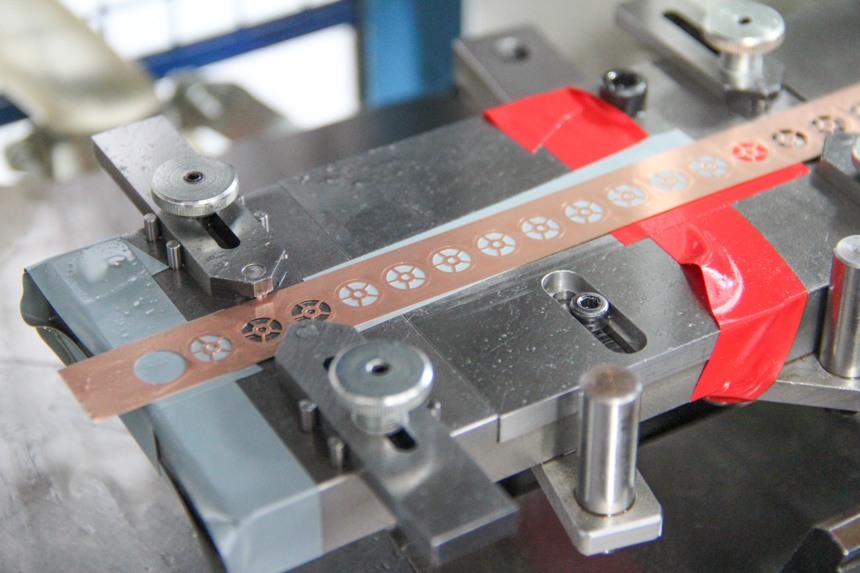
Atokalpa – Wheels & Such
When discussing the level of “in-houseness” of a particular movement with a group of excitable enthusiasts, the conversation inevitably turns to who made the hairspring – as if this one component dictates whether or not the movement could be counted as “truly” in-house on a sliding scale of entirely subjective categorization.
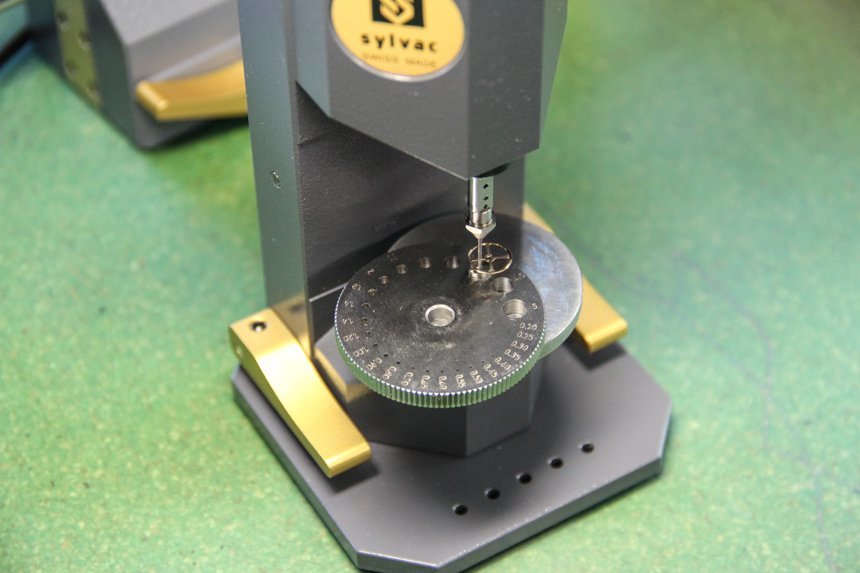
The reason for this debate is simple – anyone who has spent even a little time studying the inner workings of a mechanical wristwatch will know that the springs and balances that make for the functional core of a movement are incredibly difficult to make with precision. Very few companies in the world are capable of making them, and thusly supply most of the industry with their product – the most noteworthy of which is Nivarox, a division of the Swatch Group.
Eager to maintain independence from a third party vendor, Atokalpa – a combination of two words “ato” meaning “atom” in Greek and “kalpa” meaning “biggest” in Sanskrit, was formed under the company umbrella to offer a solution for producing the smallest to the biggest components of a manufacture movement. As such, Atokalpa manufactures a wide range of products, including screws, adjusting weights, pinions, wheels, and, yes – hairsprings for Parmigiani and their ever-expanding client list.
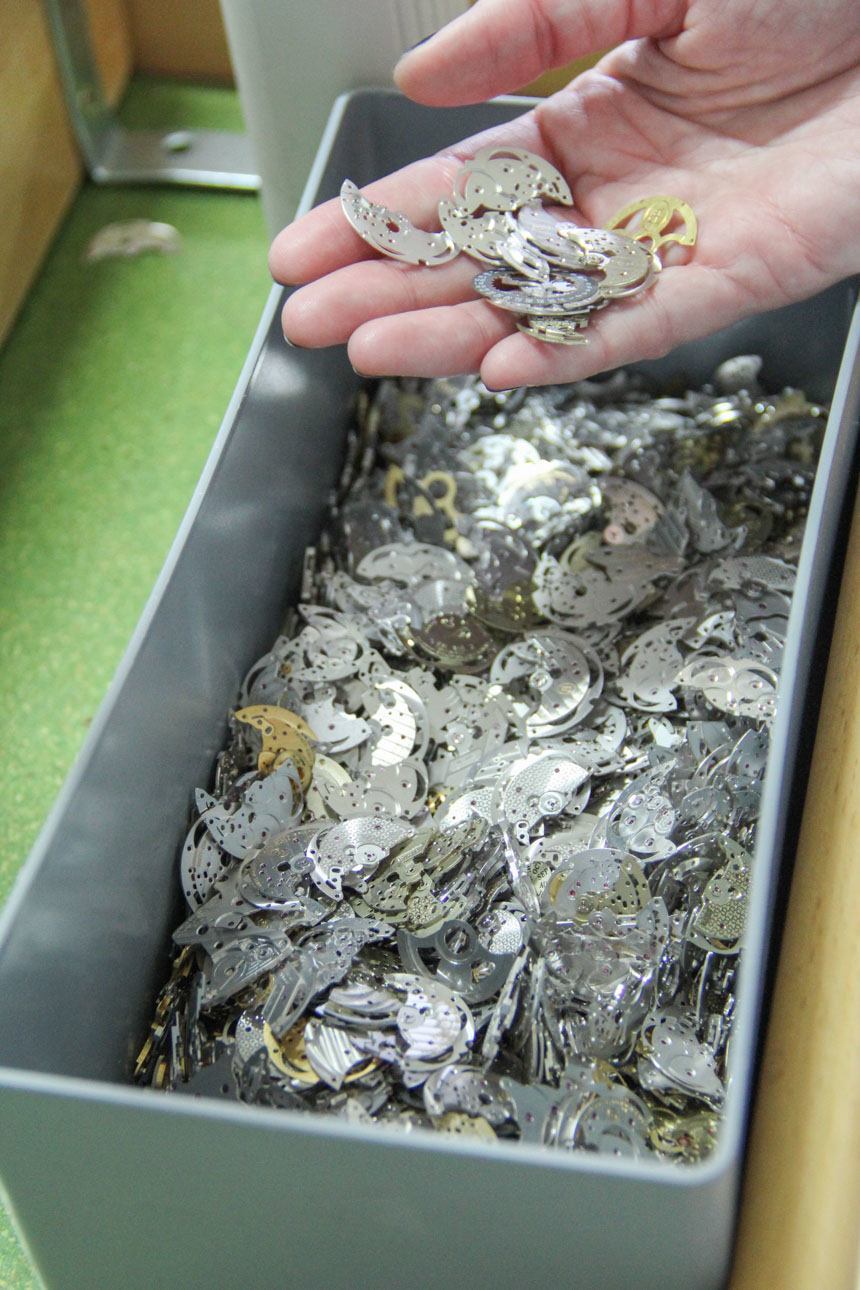
Vaucher – Where It All Comes Together
Pulling components from all of these specialty workshops, Vaucher is Parmigiani’s primary production facility located in Fleurier, a quiet village in the Canton of Neuchâtel – as scenic as you might imagine, replete with dramatic alpine backdrop. This 430,000 square foot facility was built new in 2003, and houses workshops for movement manufacture, assembly, regulation, and finishing. Offices for design and R&D are also onsite, making Vaucher the heart of Parmigiani’s manufacturing body.
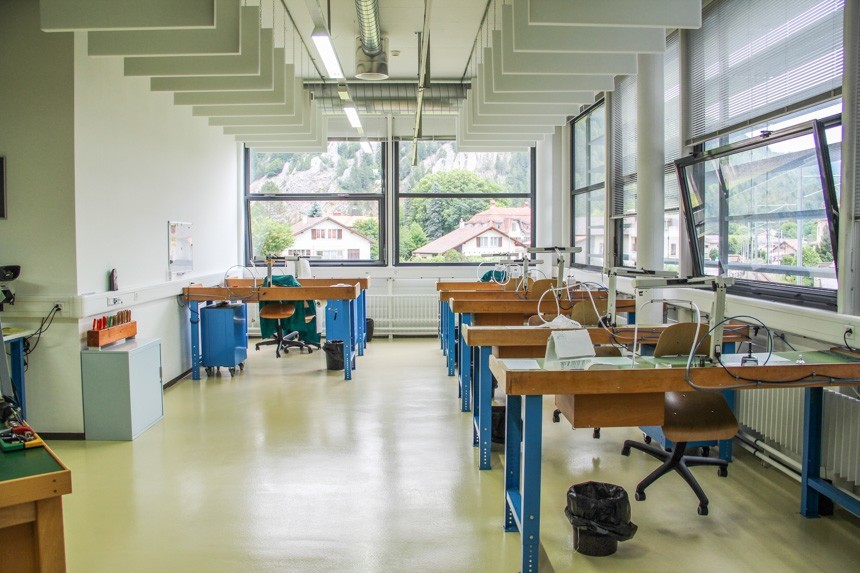
The students have already left, but we were there: the immaculately clean room where the next generation of watchmakers learn the secrets of the trade
Another interesting thing you’ll find at Vaucher is Parmigiani’s youth watchmaking academy. With a handful of students brought on every few years, Swiss pre-teens are initiated into the world of watchmaking with after-school programs that last for several years. Upon graduating from high school, these students are given scholarships to watchmaking schools to further their education and experience, and are then encouraged to go work for other brands to hone their skills. Ultimately, every graduate is welcomed back to become a permanent member of the Parmigiani family.
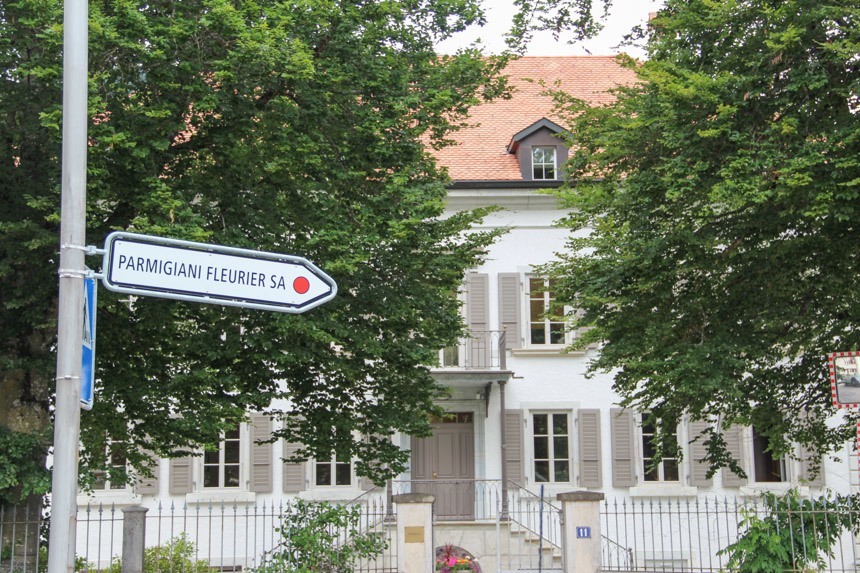
Parmigiani Fleurier – The Personal Touch
Down the street from Vaucher sits Parmigiani’s World Headquarters and two very special workshops. The first workshop is where all of Parmigiani’s high-end Haute Horlogerie timepieces are built from top to bottom, by a team of half a dozen master watchmakers. Separate from their primary assembly line at Vaucher, these watchmakers specialize in crafting unique pieces and working with high complications.
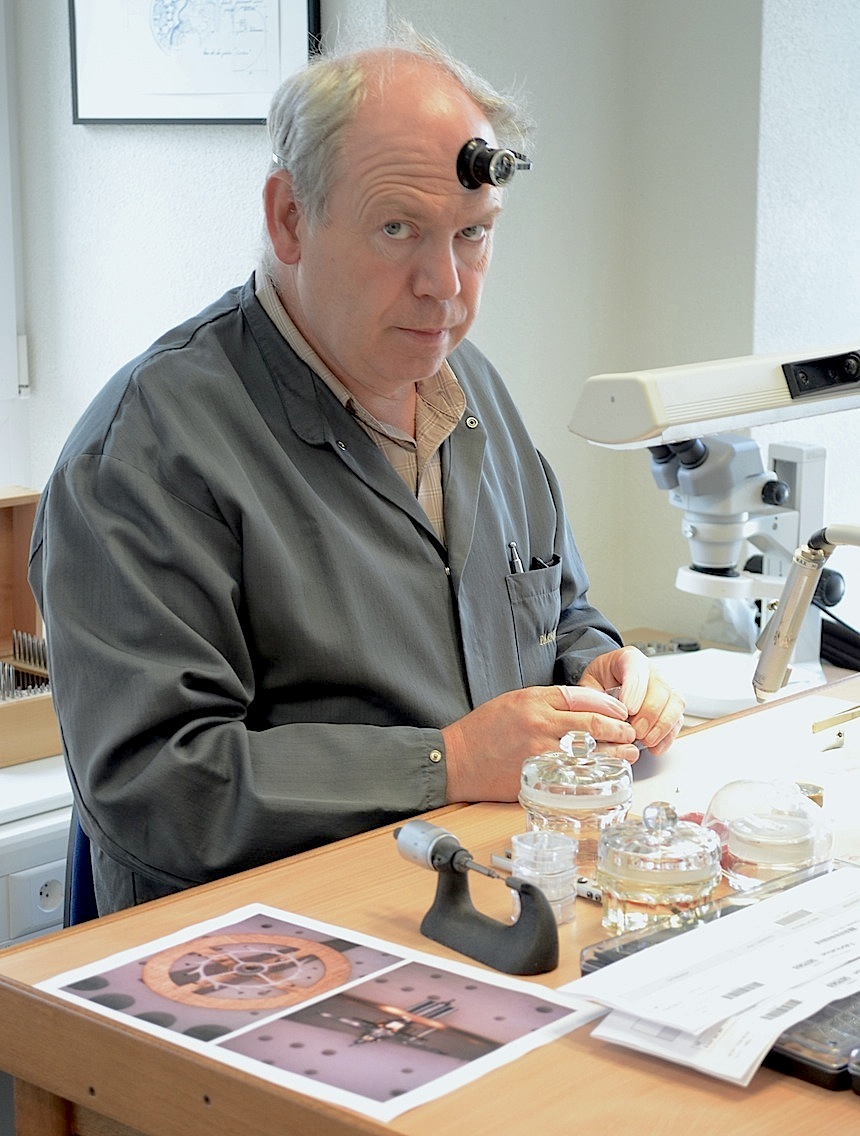
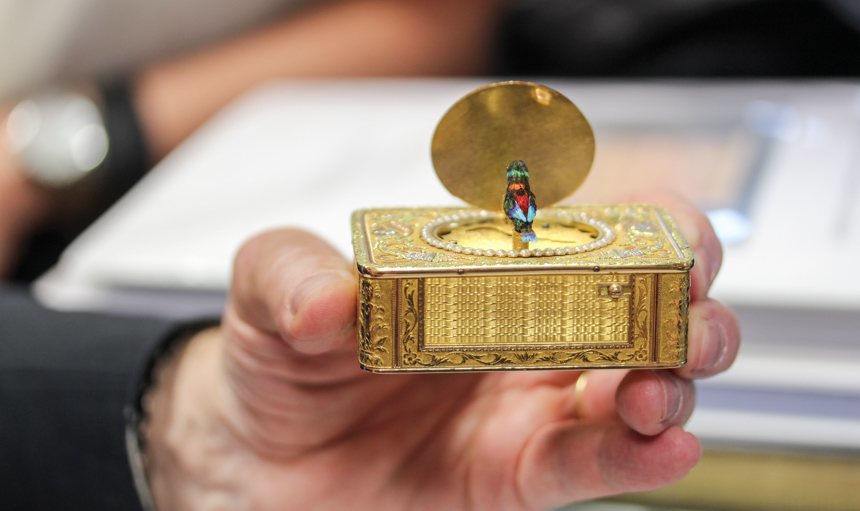
Upstairs, you’ll find their restoration workshop, where yours truly would have happily spent the entirety of his visit just lurking in the corner. From disassembly, cleaning, and machining, this is where an even smaller team, headed by Michel Parmigiani personally, works to revive historically significant timepieces and automatons for personal collections and museums worldwide.
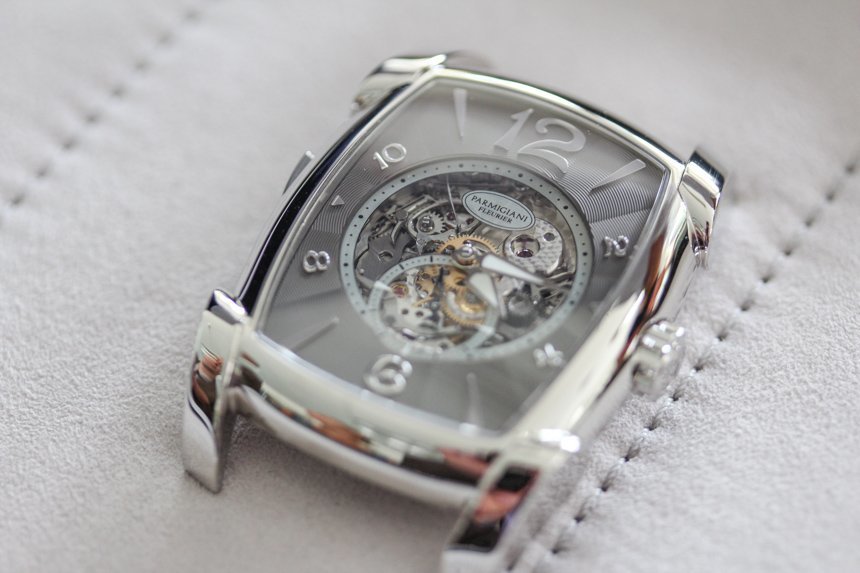
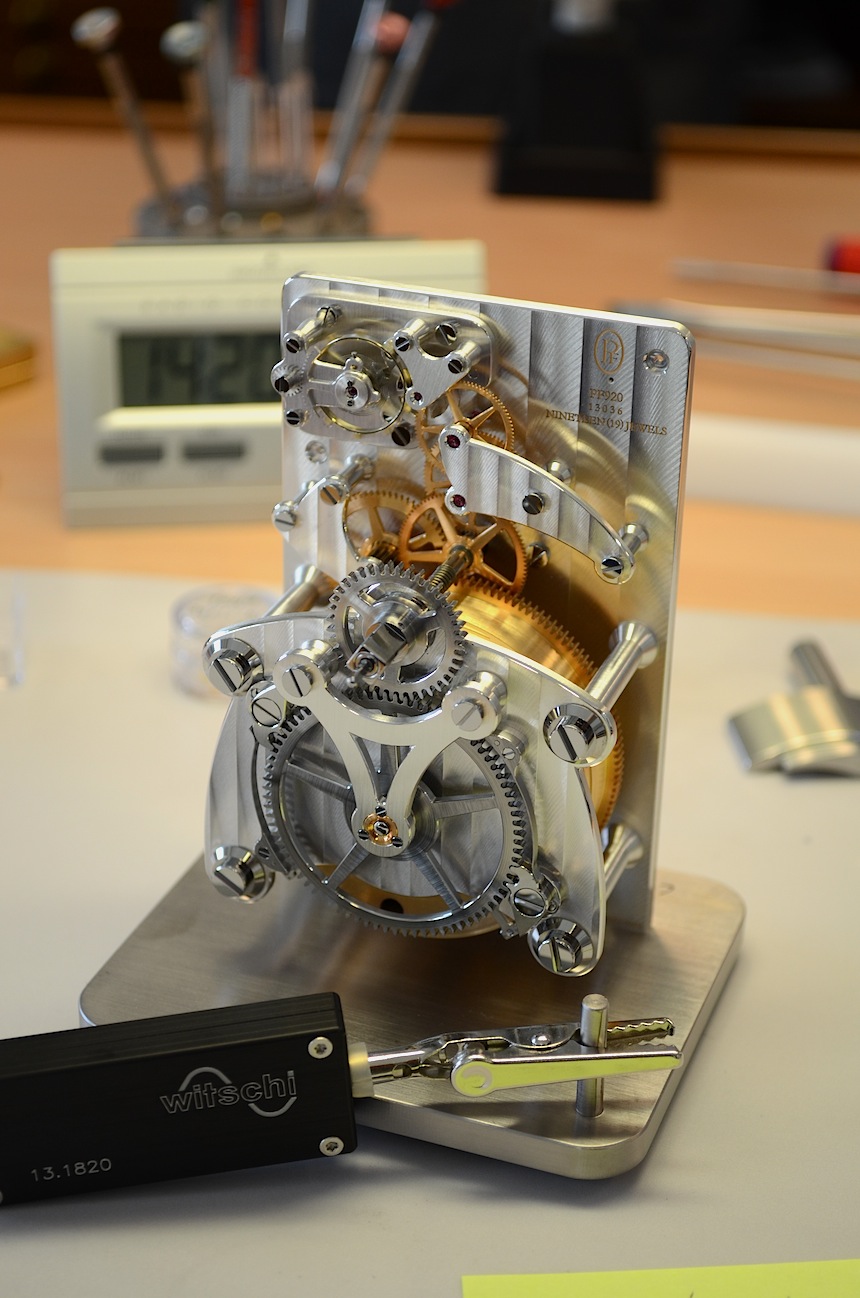
This is also the shop in which Parmigiani’s incredibly beautiful Pendulette clocks are made – by a single craftsman. With each step of their restorations documented with photography, thorough notations, and even computer modeling, this is without a doubt the most impressive workshop of its kind in the world. And for a lover of all things historical, I was a pig in sh*t.
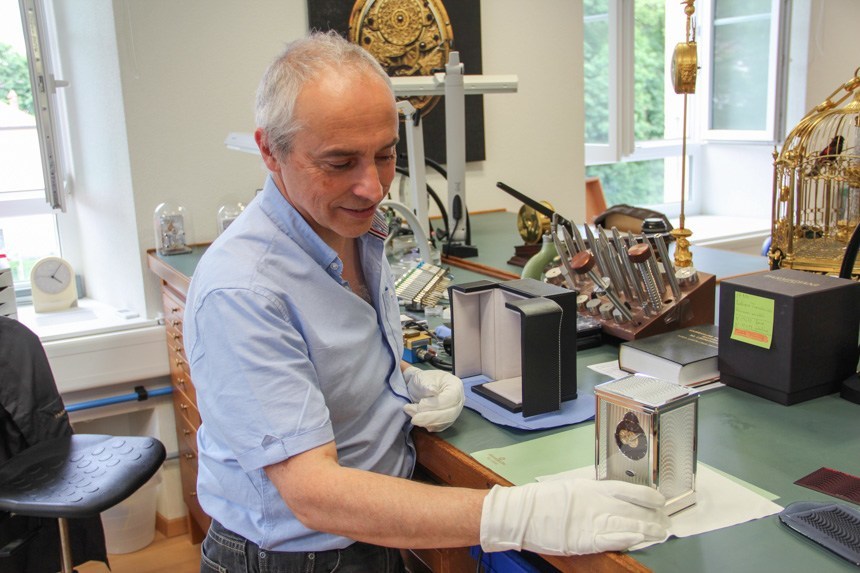
Overall Impressions
There is no question in my mind that I would never have been able to fully appreciate the engineering and craftsmanship that goes into every Parmigiani timepiece, from the elegantly simple Tonda (reviewed here) to the Ovale Pantographe (hands-on here), without visiting these workshops and seeing their operation in person. If there had been any question in my mind about the “legitimacy” of this independent luxury brand, it has been answered resoundingly.
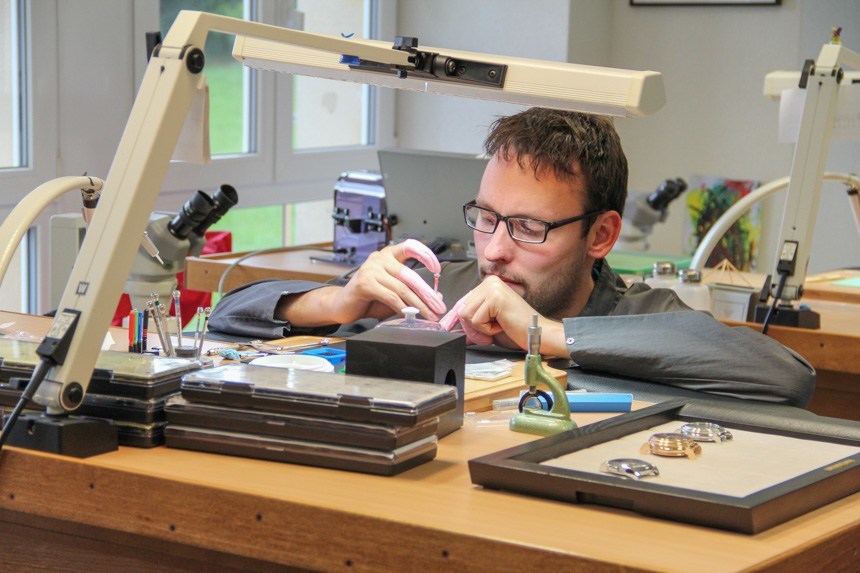
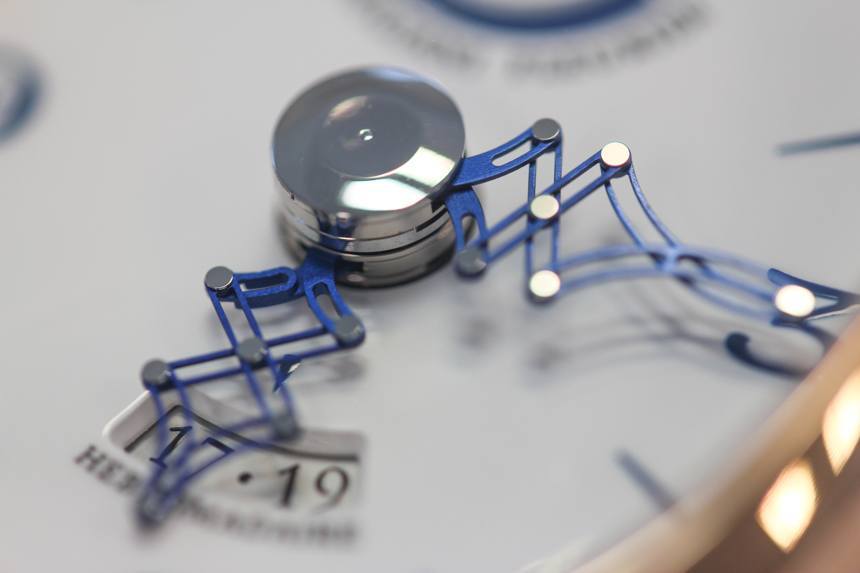
Parmigiani Fleurier is a true manufacture, led by some of the most creative minds in the industry, and supported by the engineering and craftsmanship of some of the finest production facilities in Switzerland. By bringing the best in the business, from case machining to dial embellishing and the manufacture of every single component that goes inside their movements, Parmigiani has set themselves up not only to be a top shelf luxury timepiece manufacture, but to supply an ever-changing industry with precision crafted components made outside of the Swatch group.
Parmigiani’s own brilliantly designed products echo their way of doing business – distinctively, with an eye to the future and a nod to the past. parmigiani.ch

